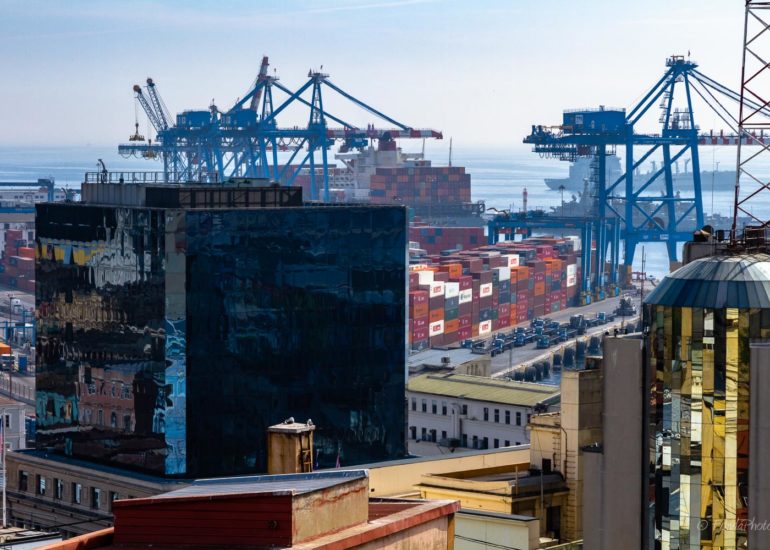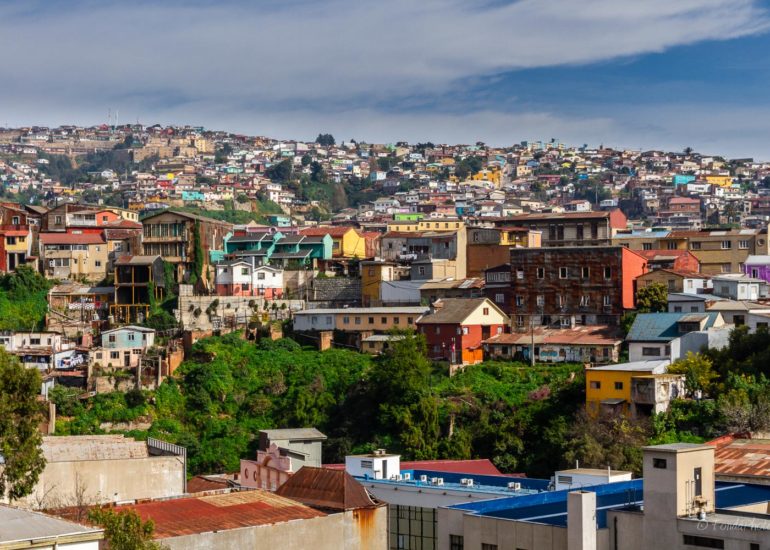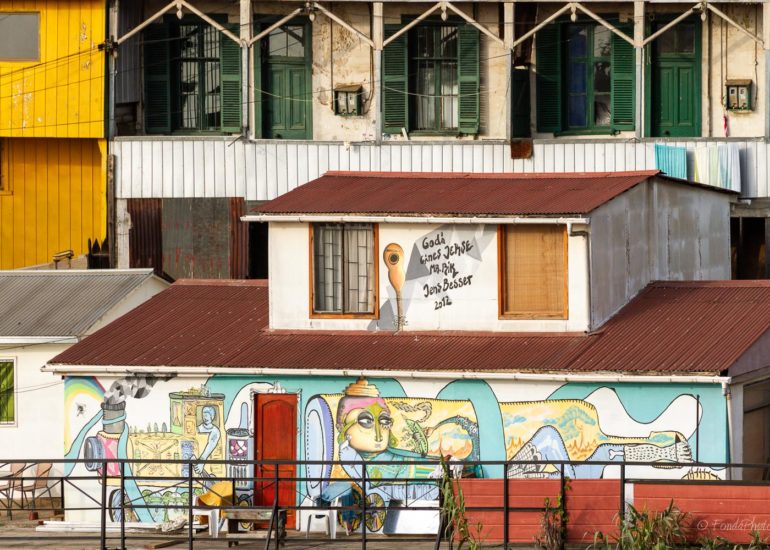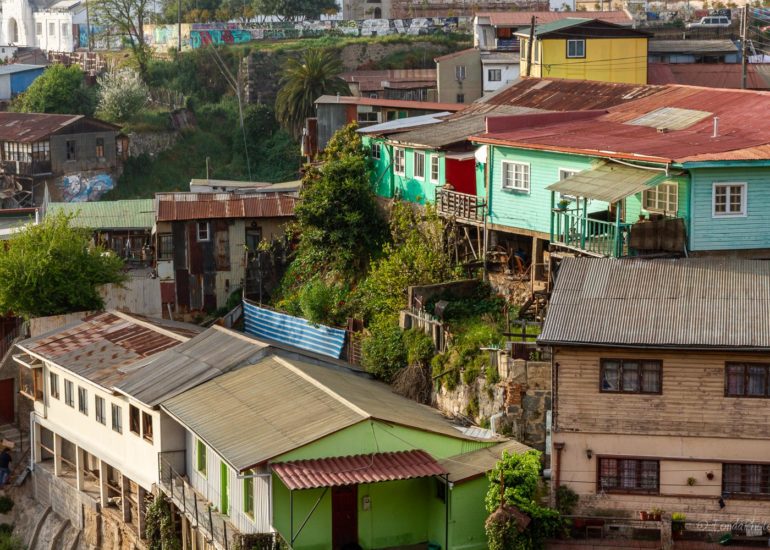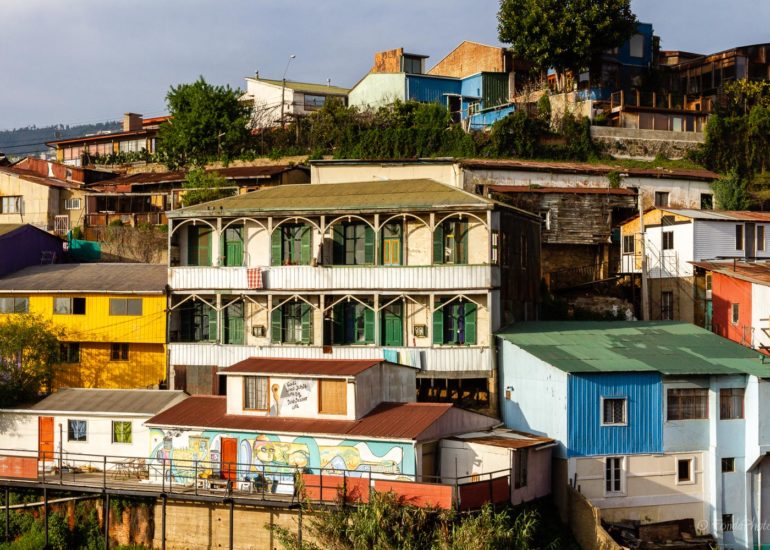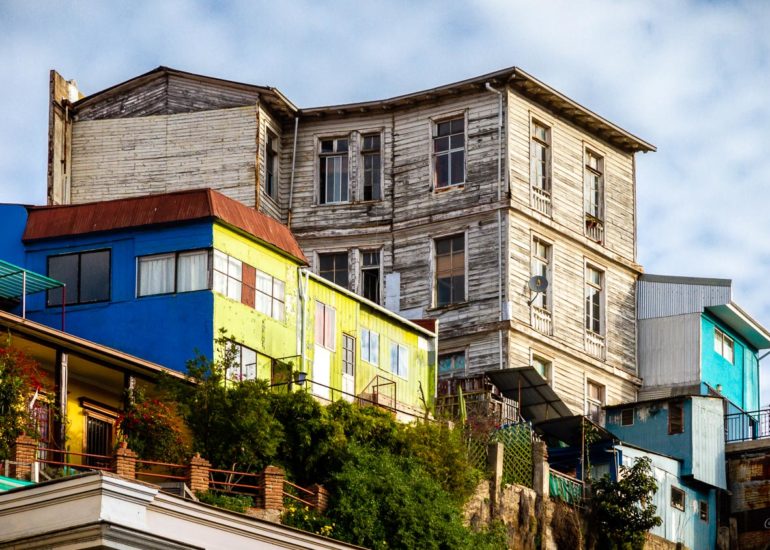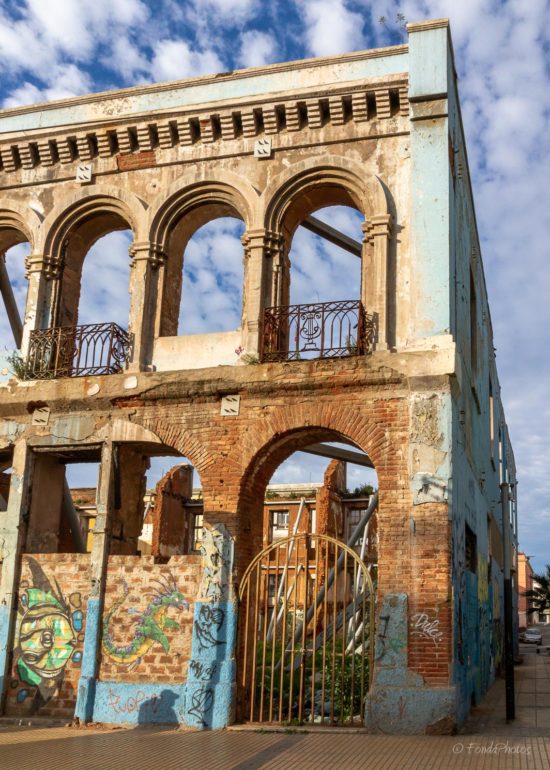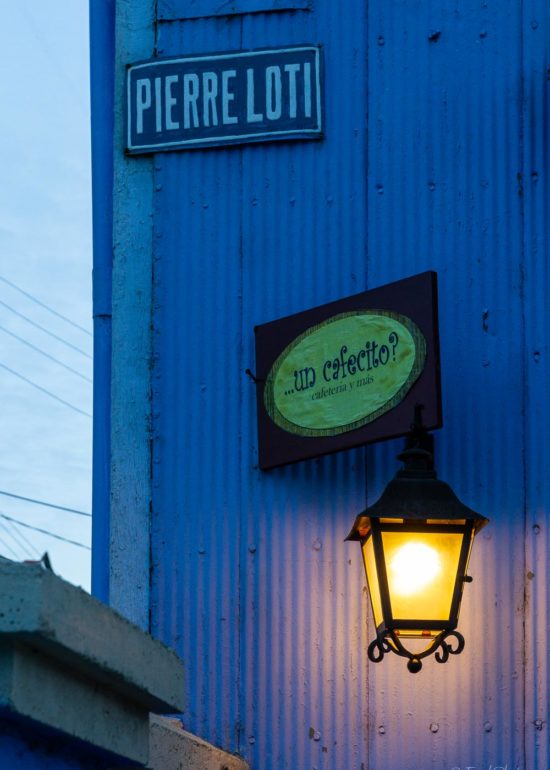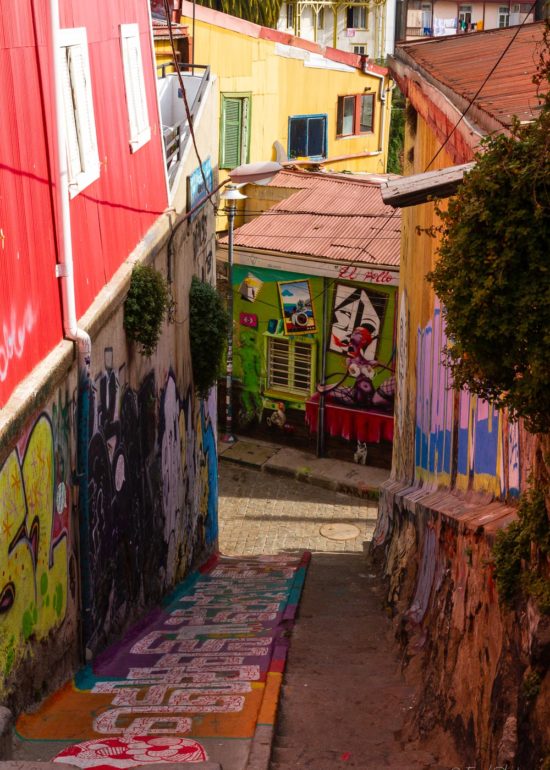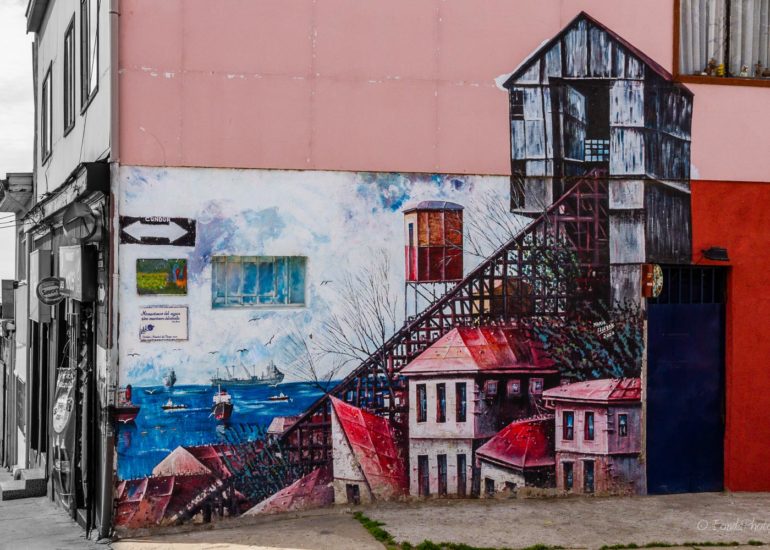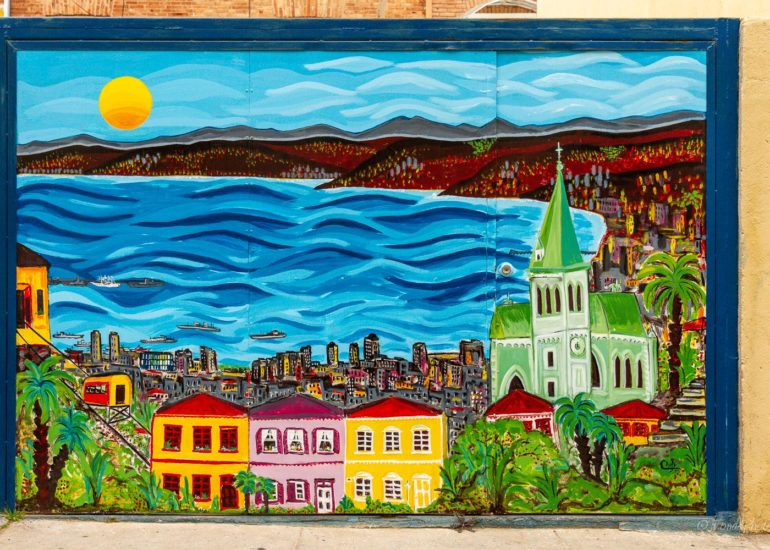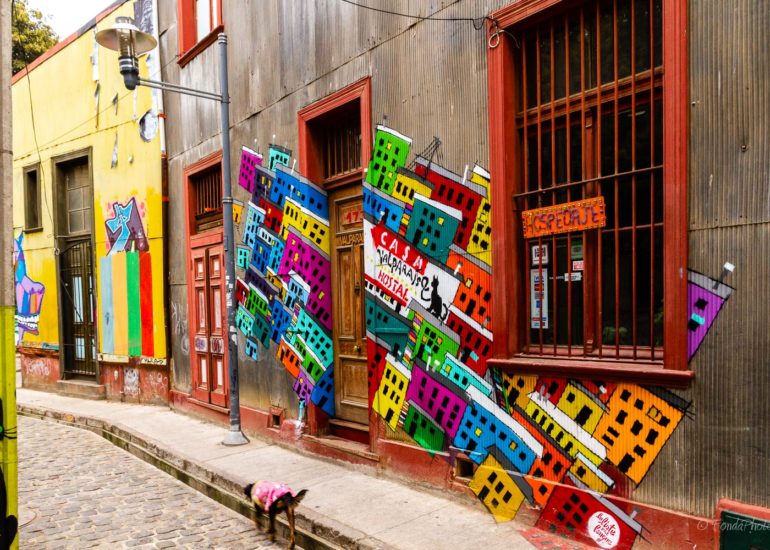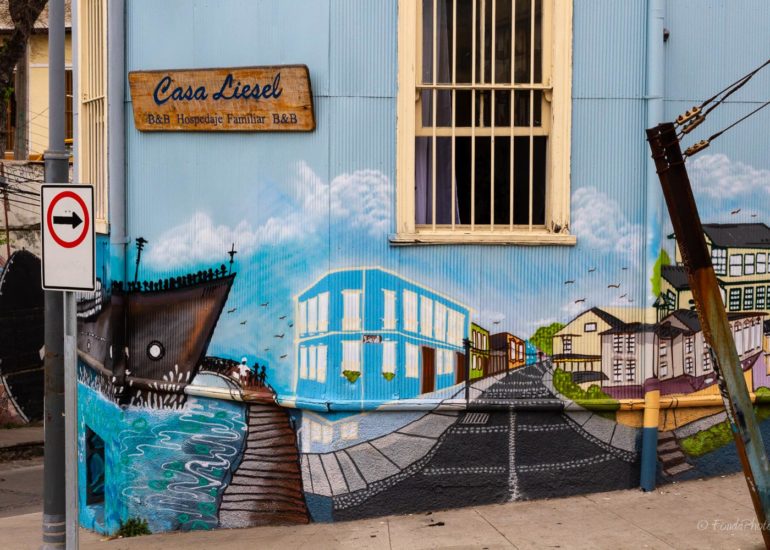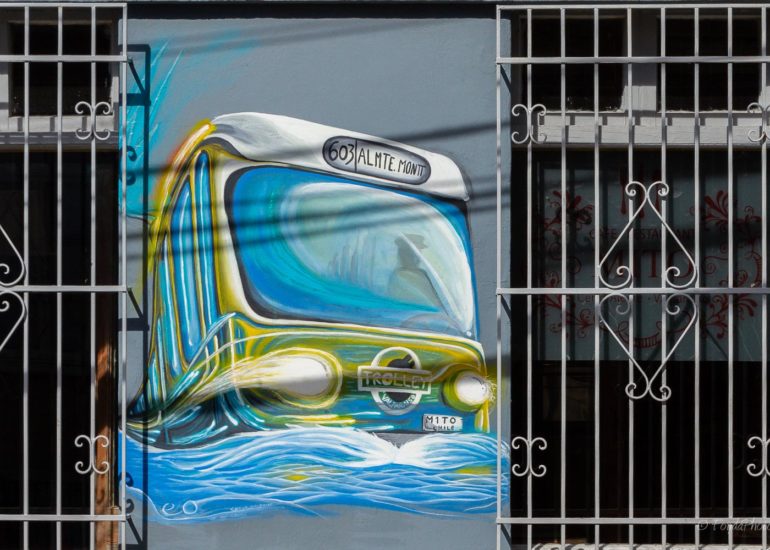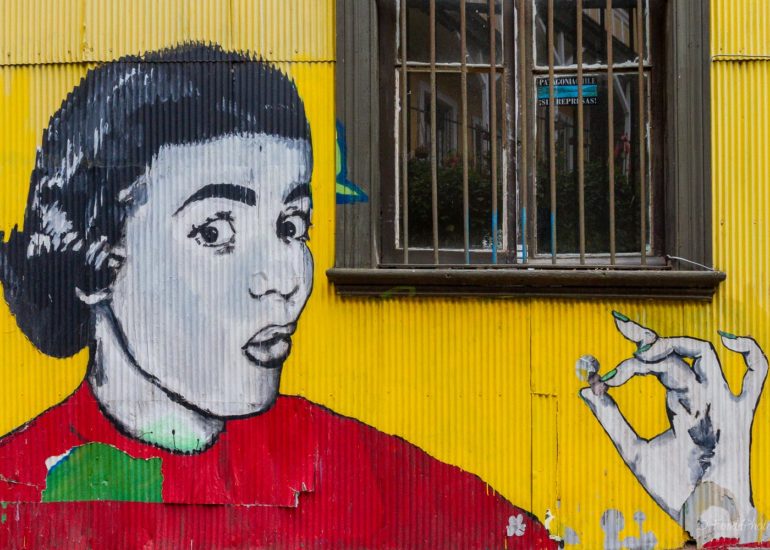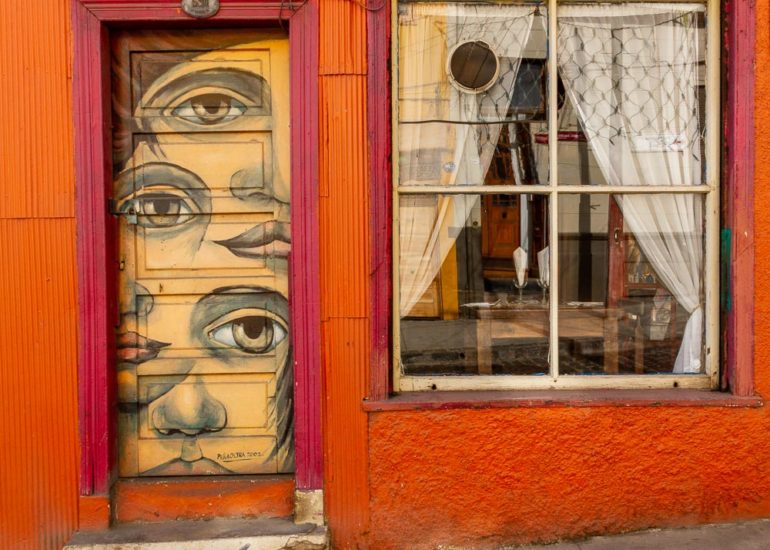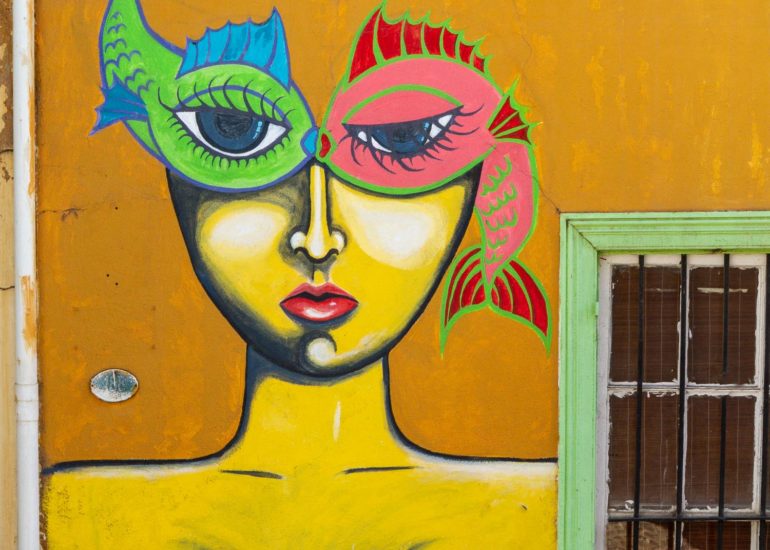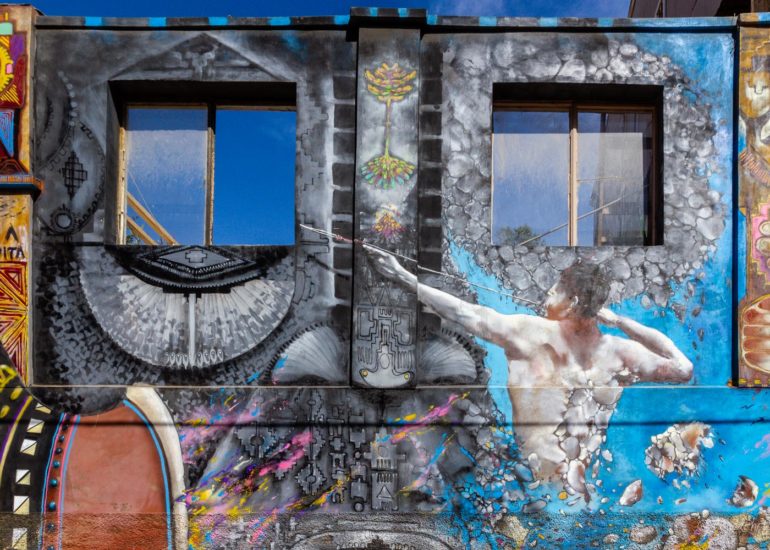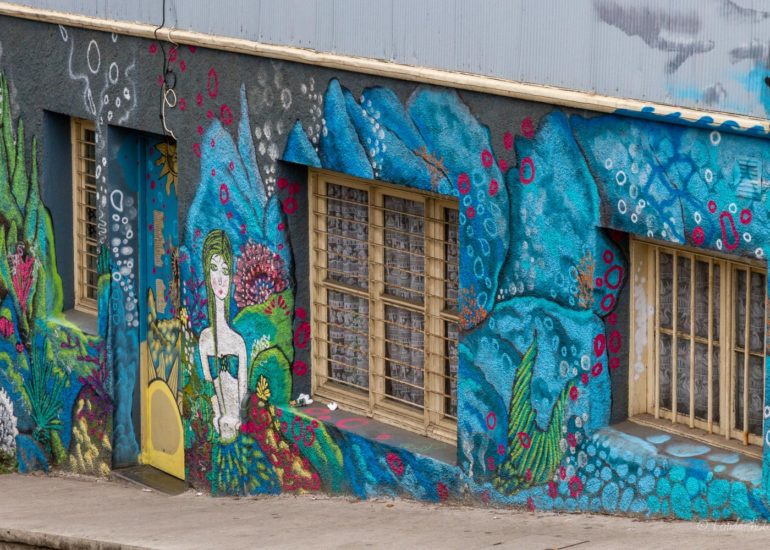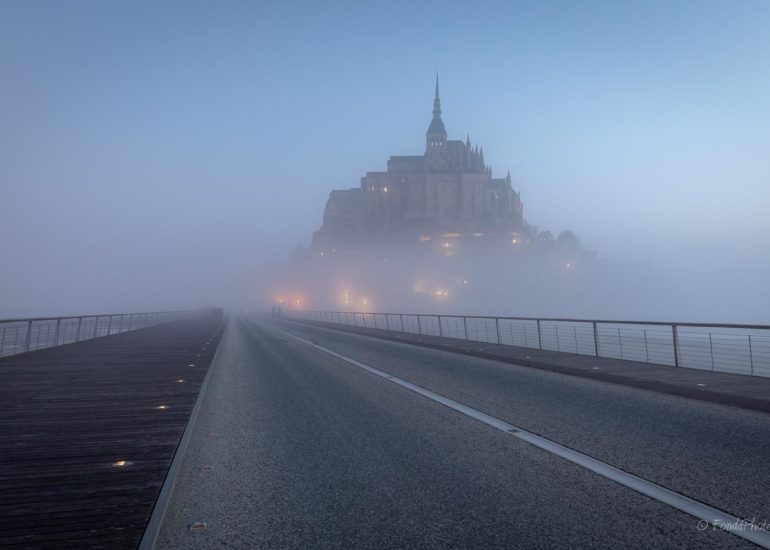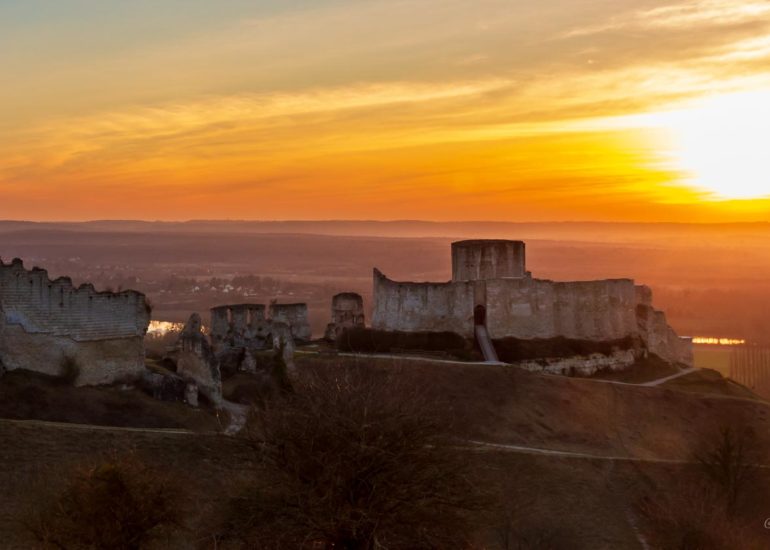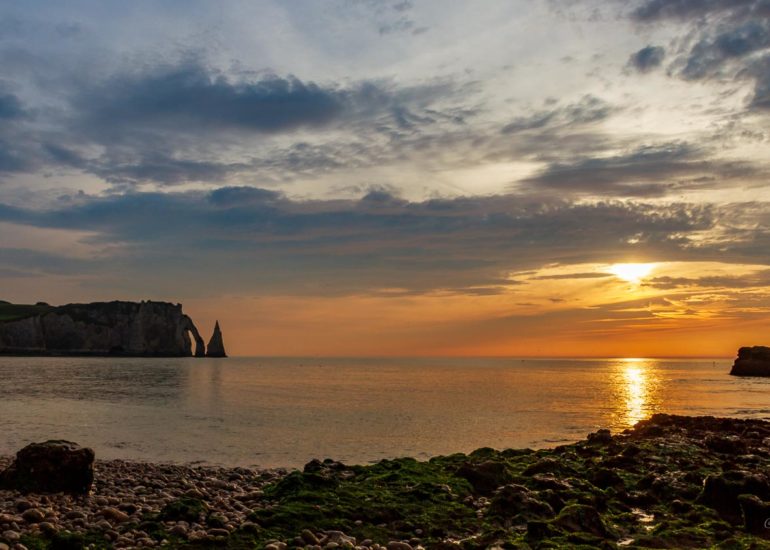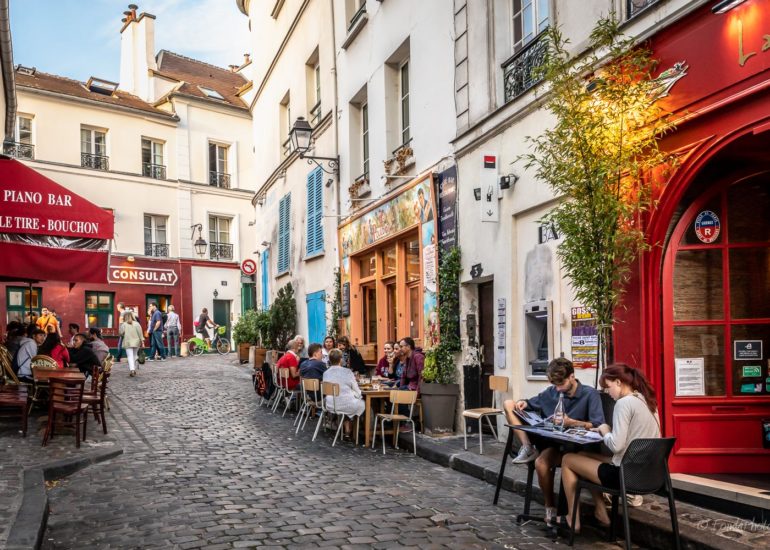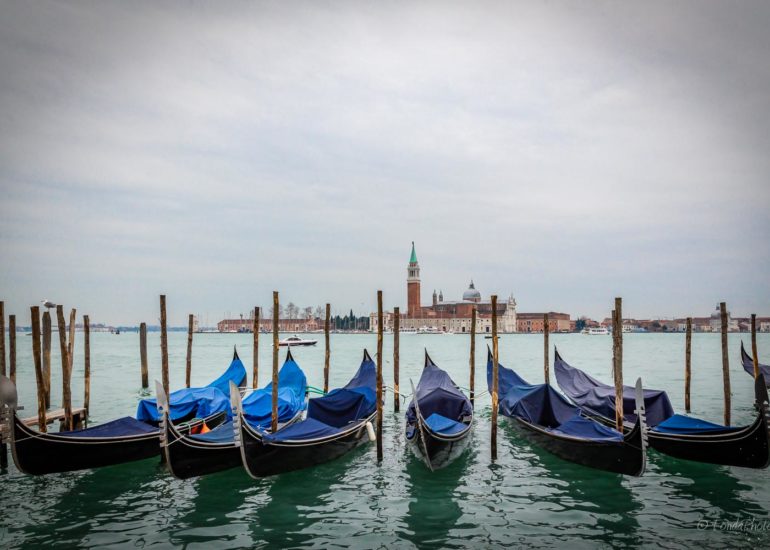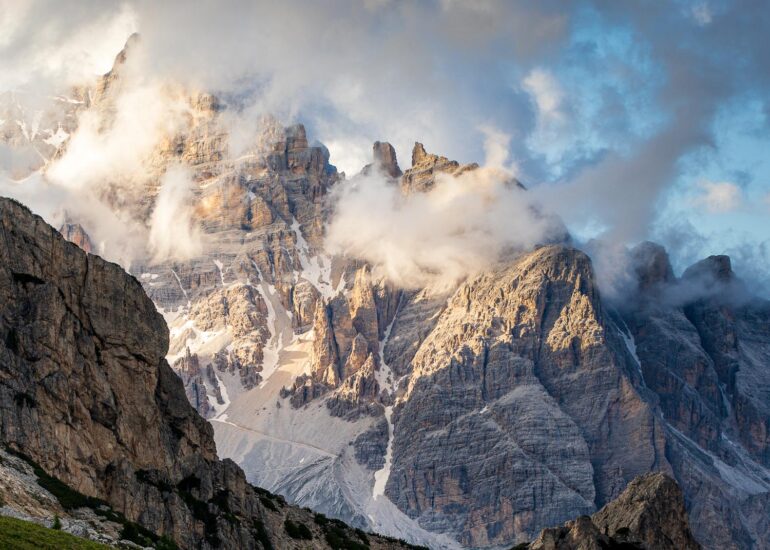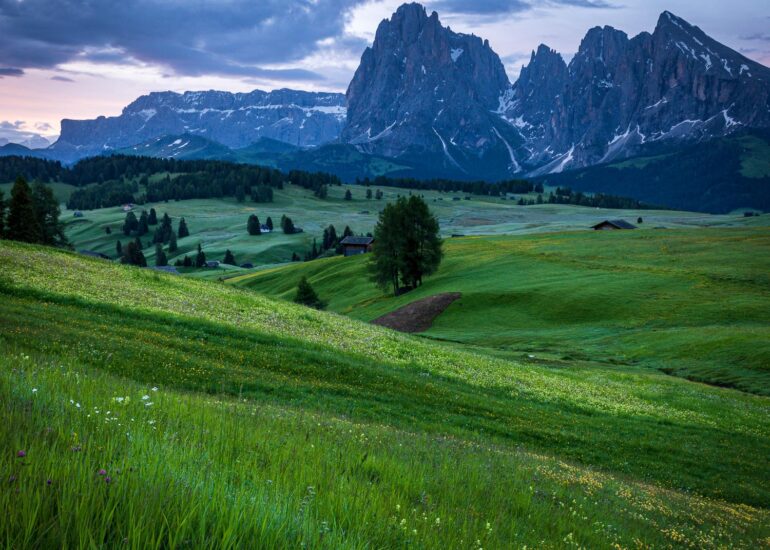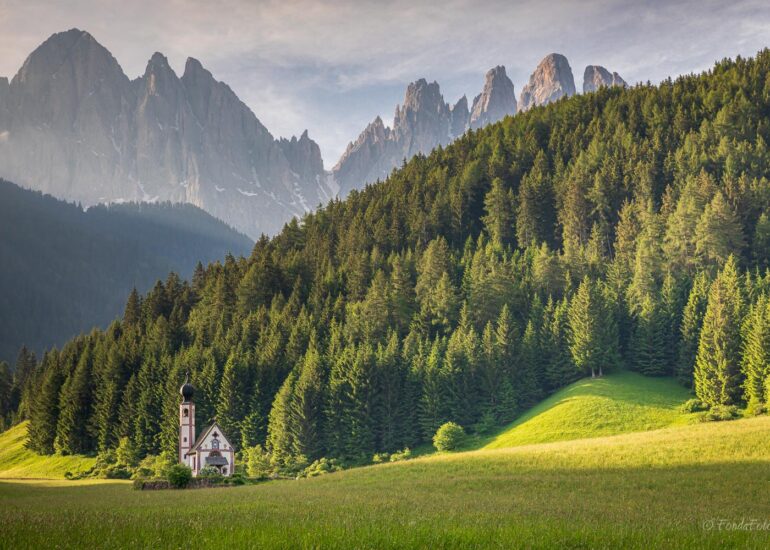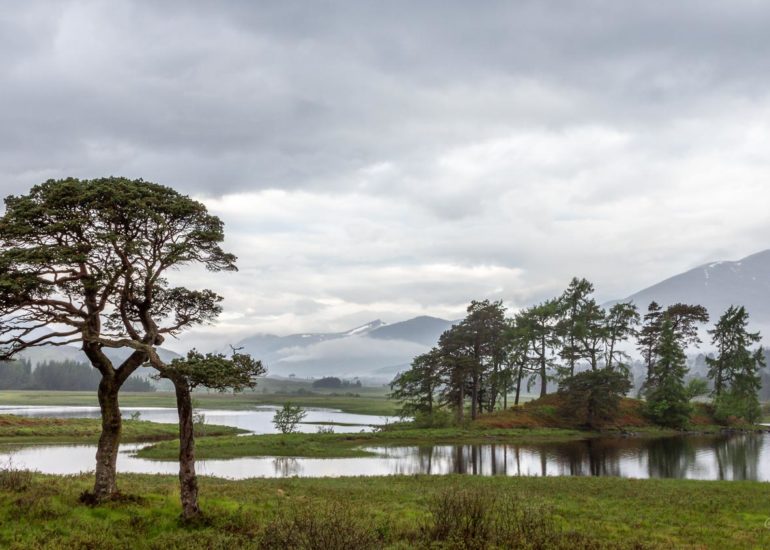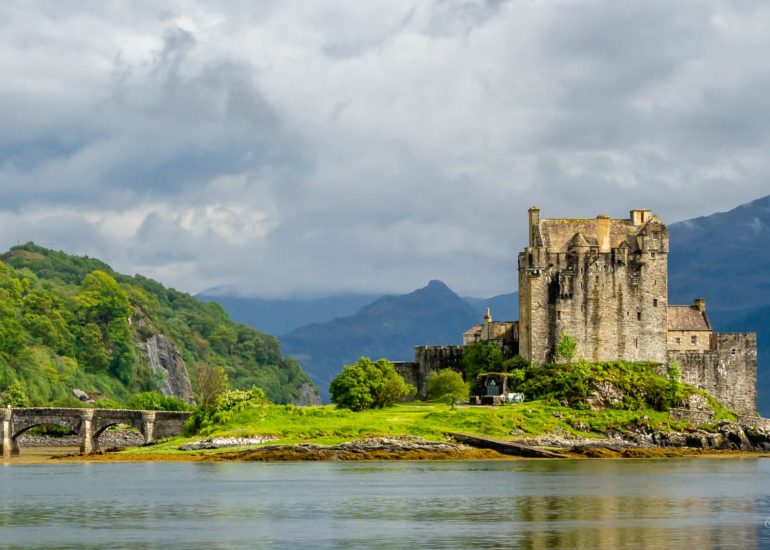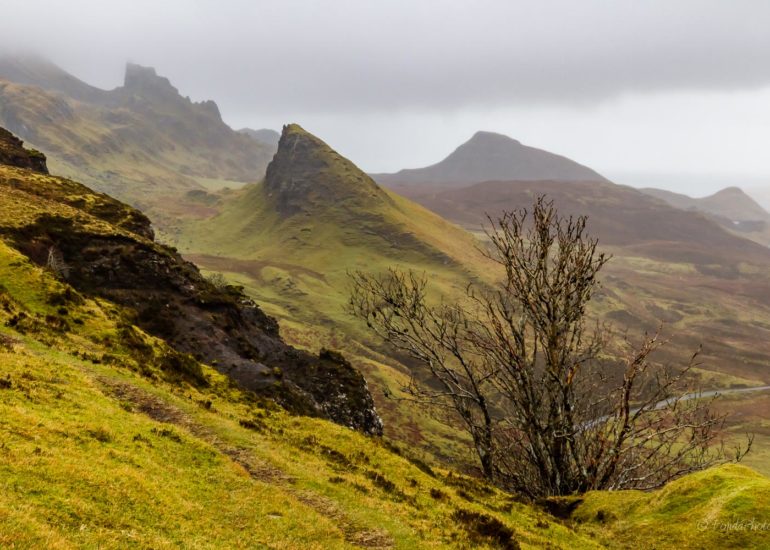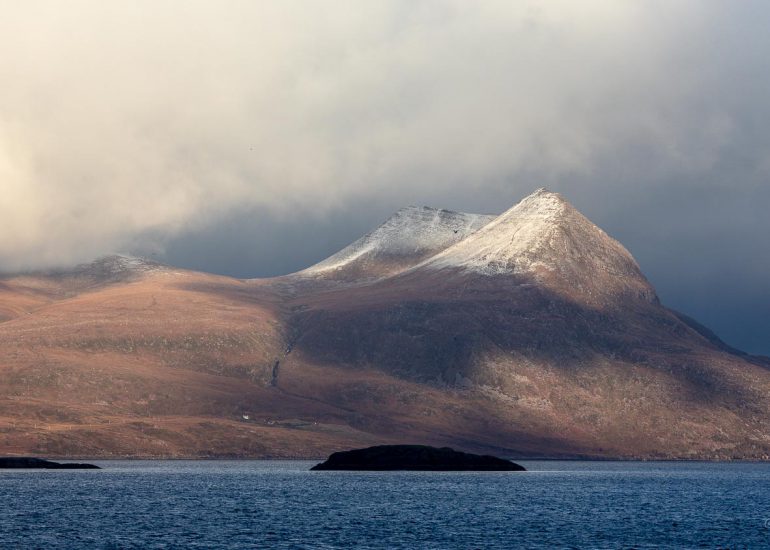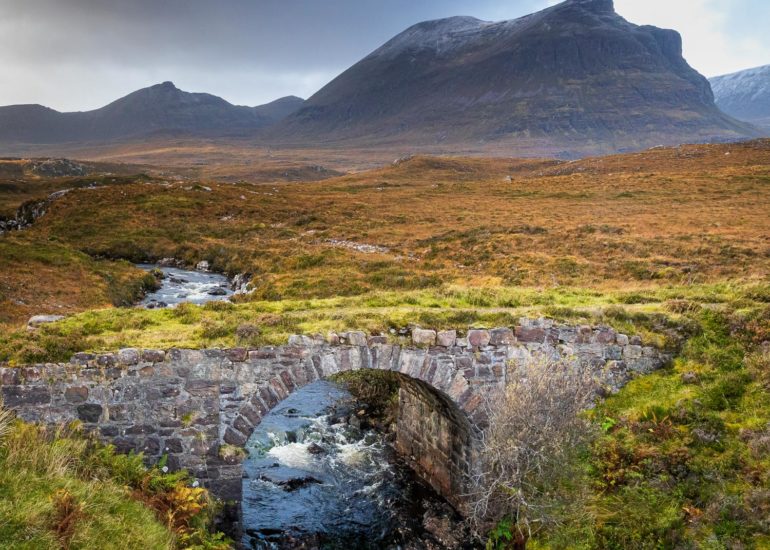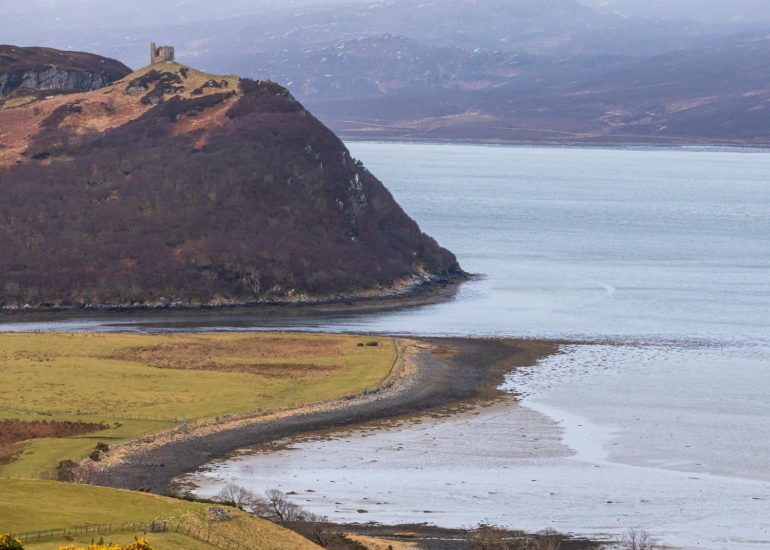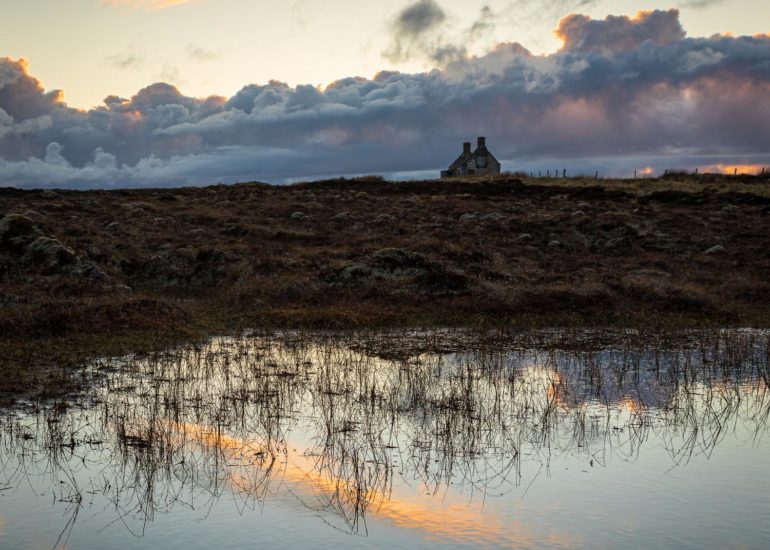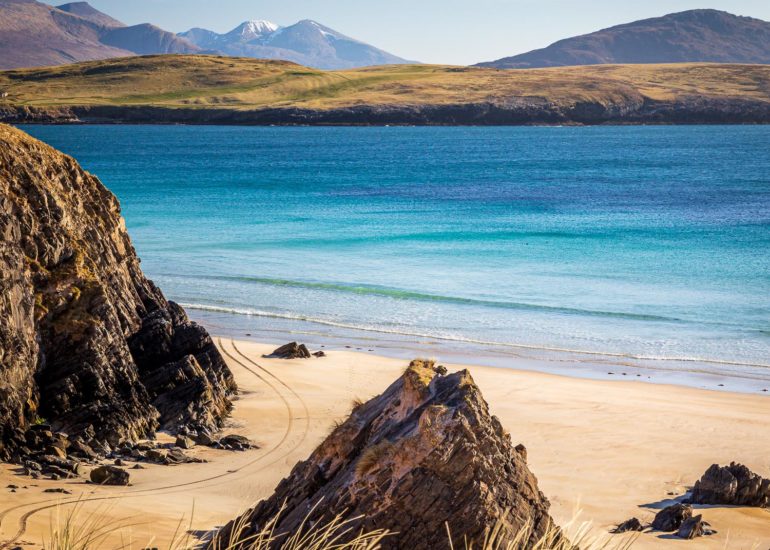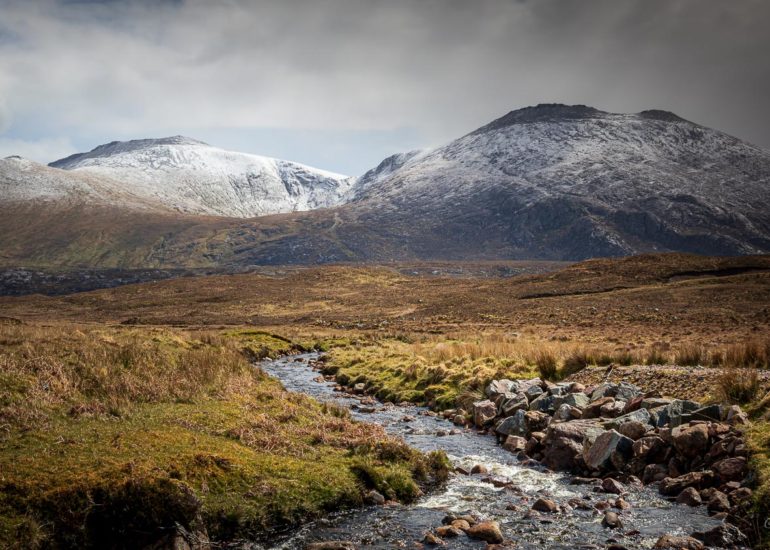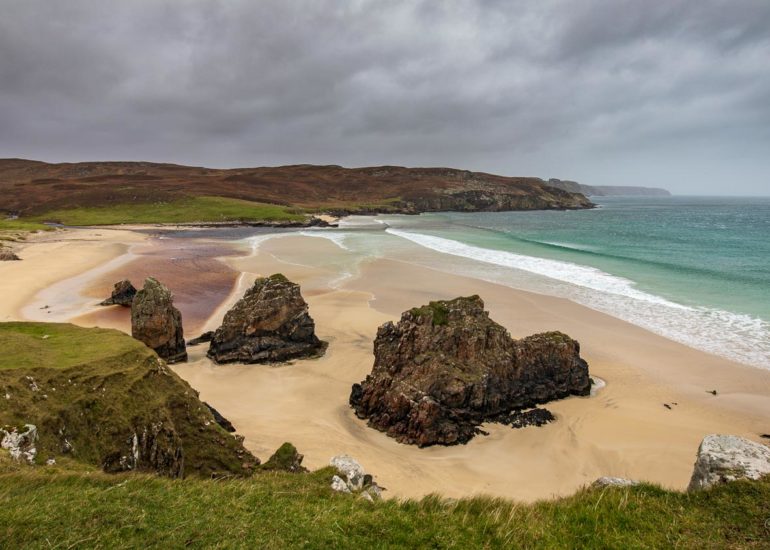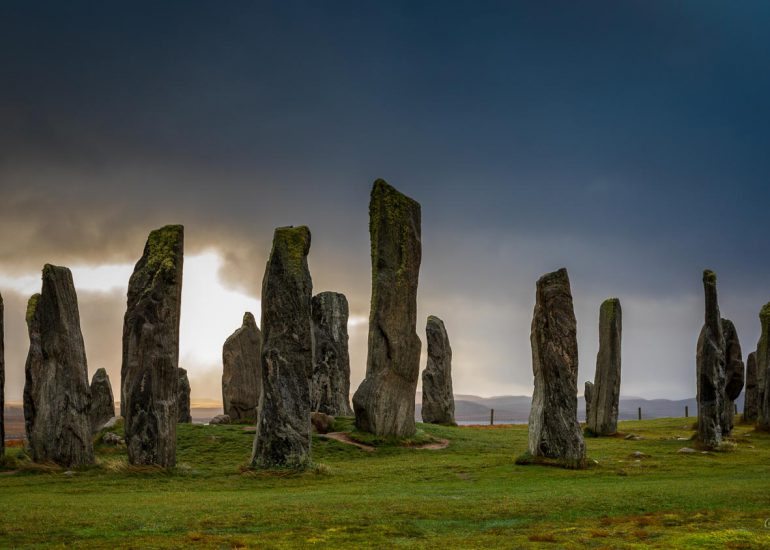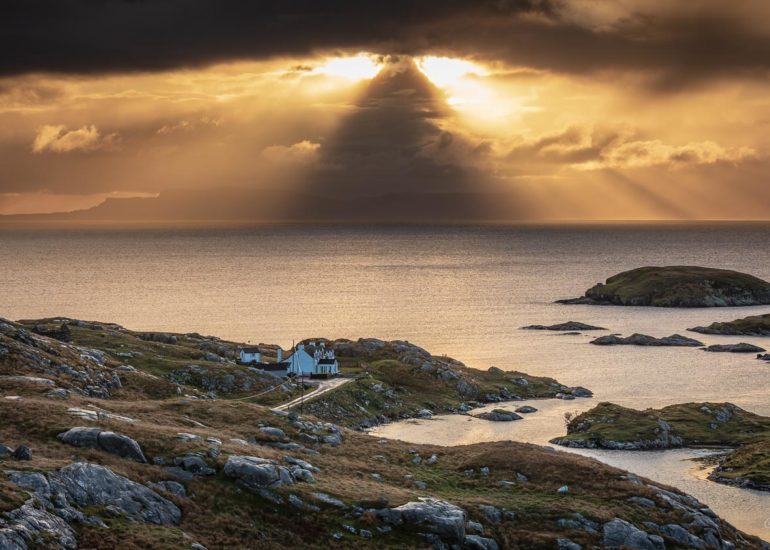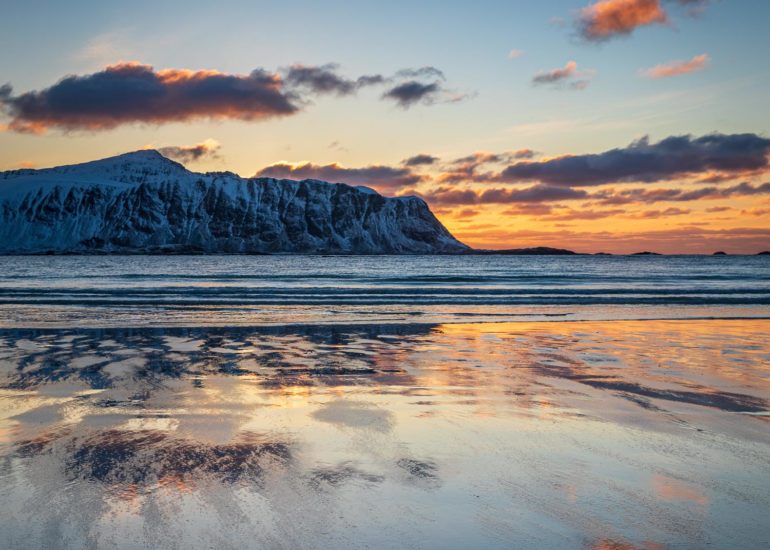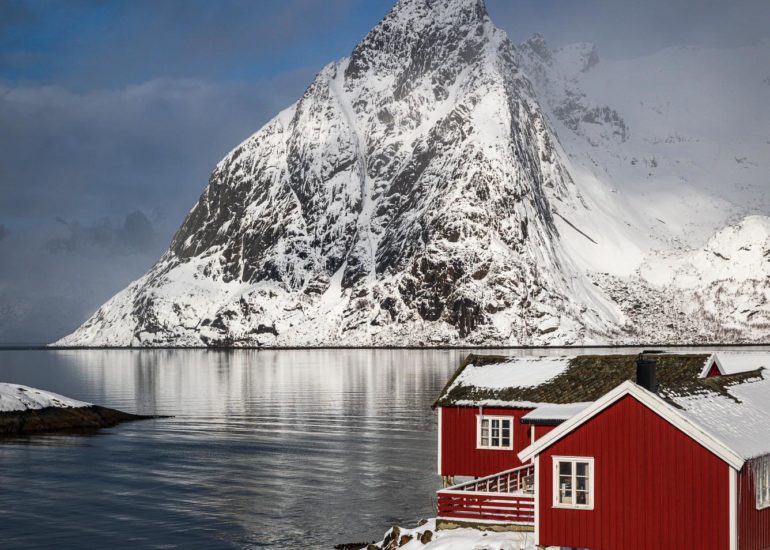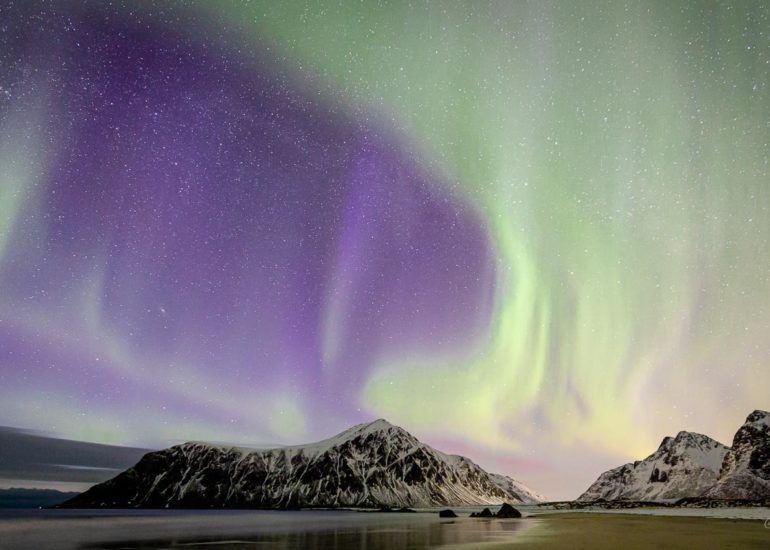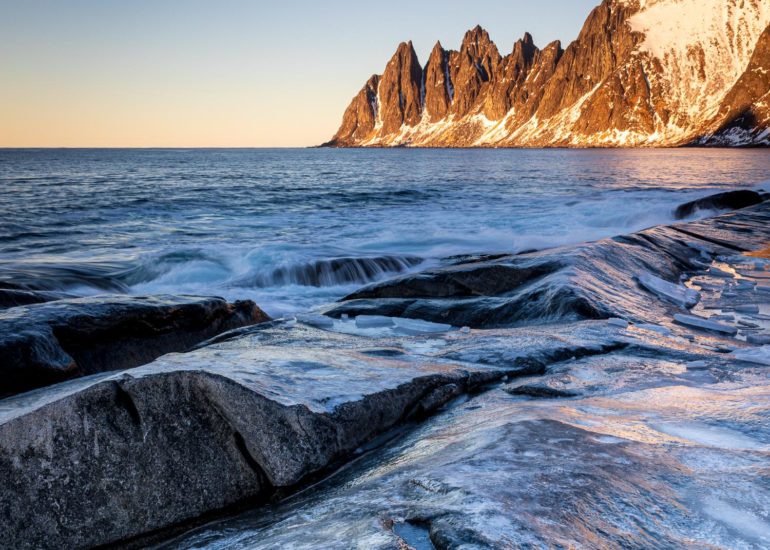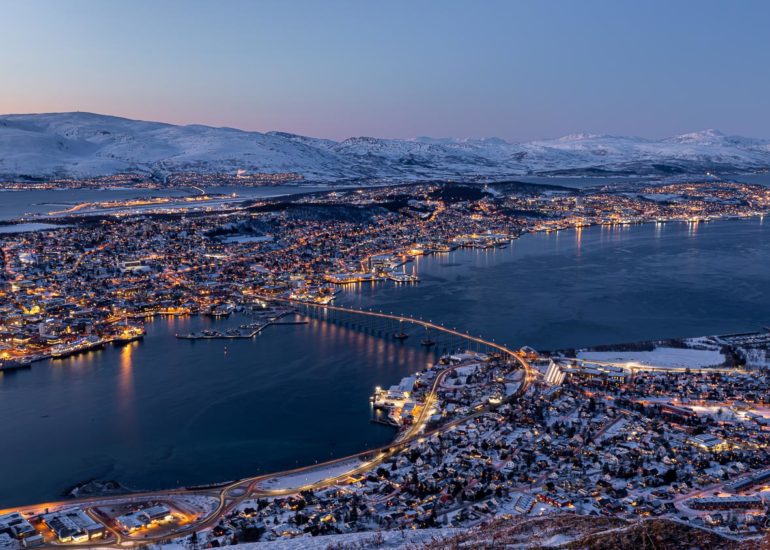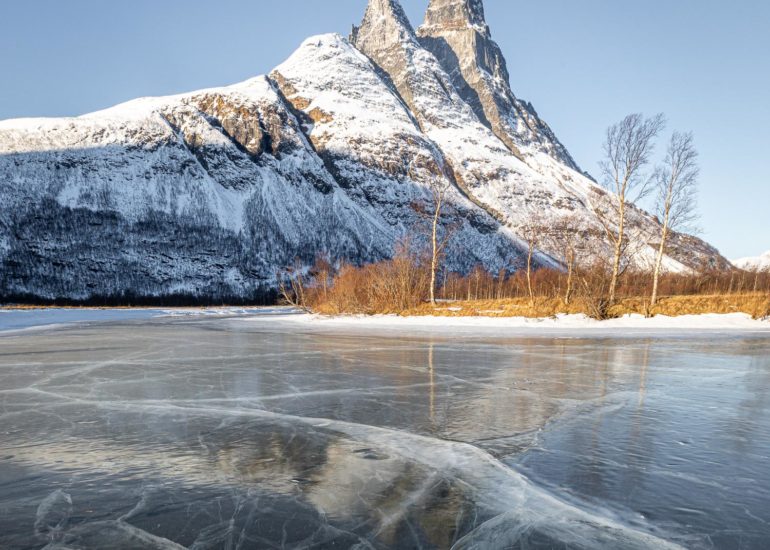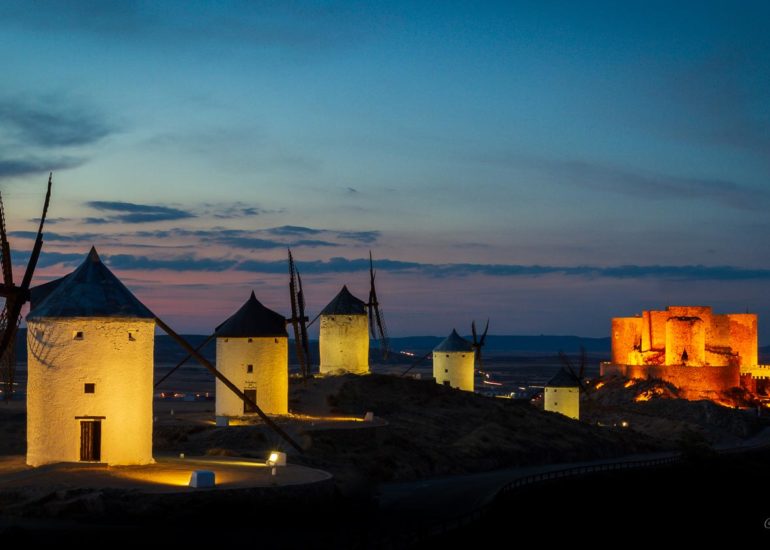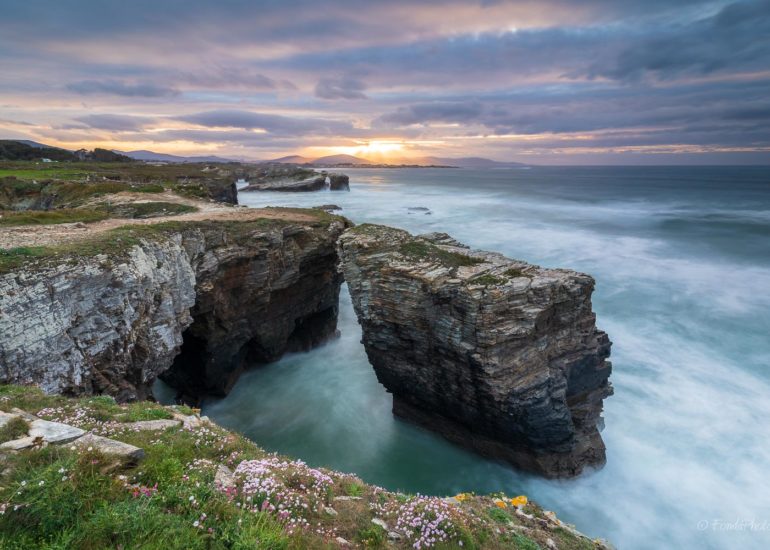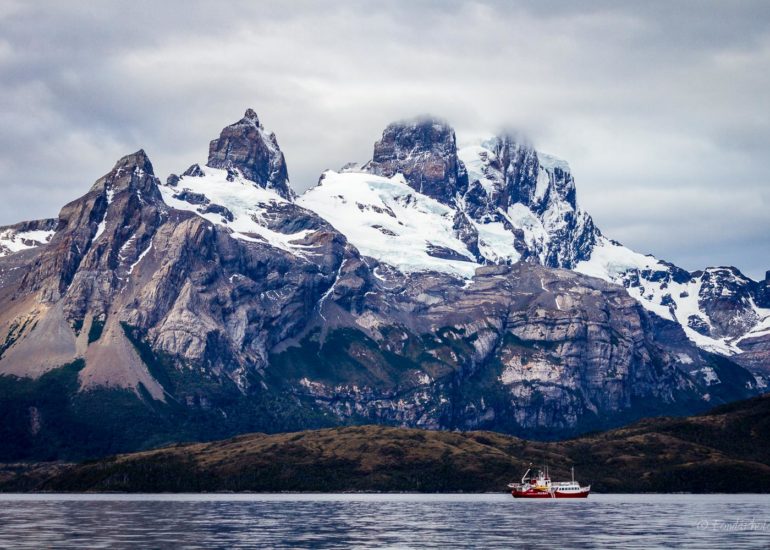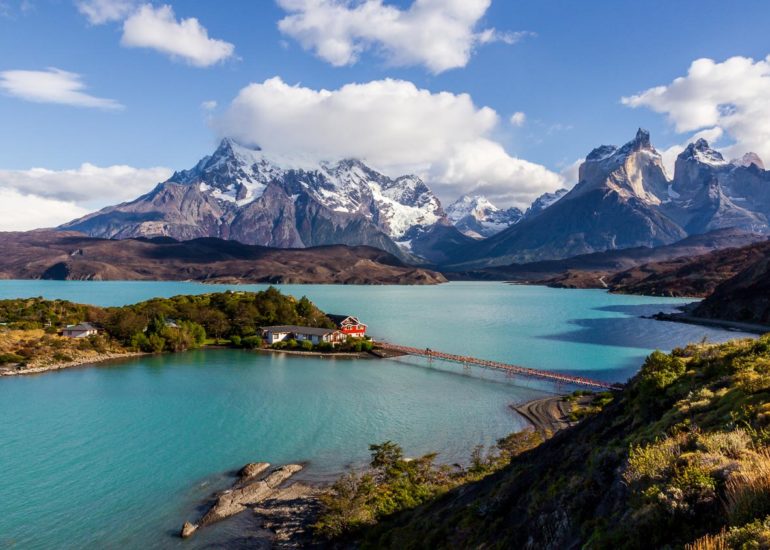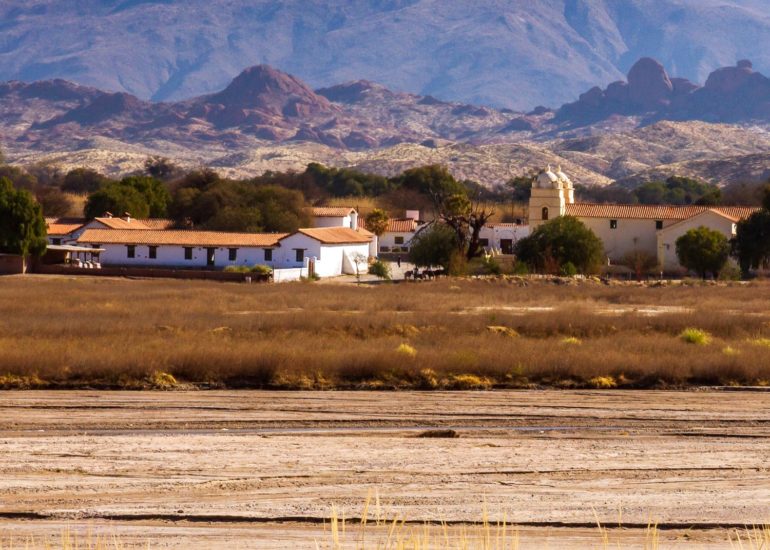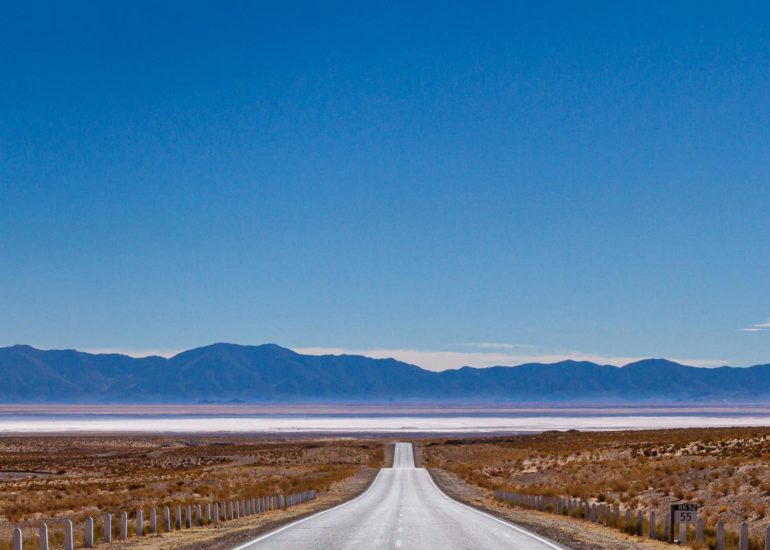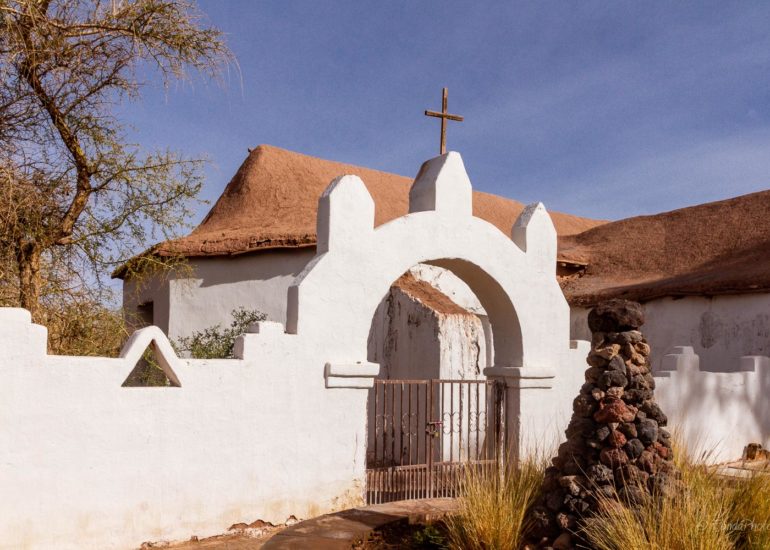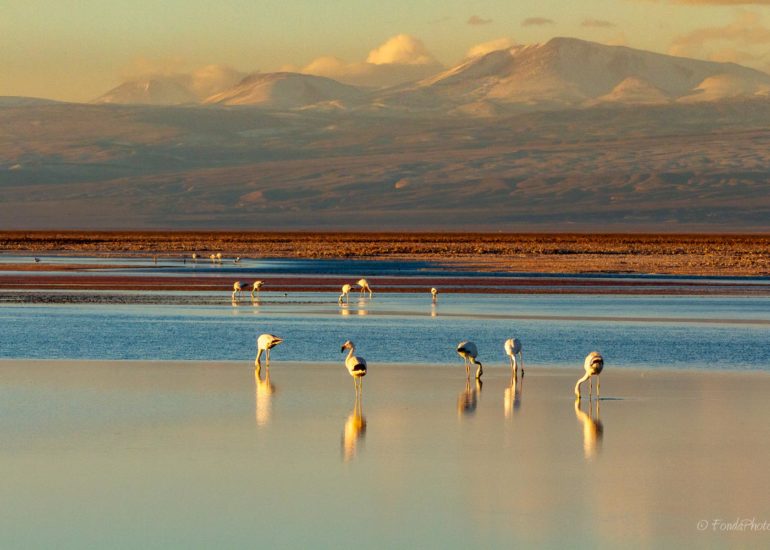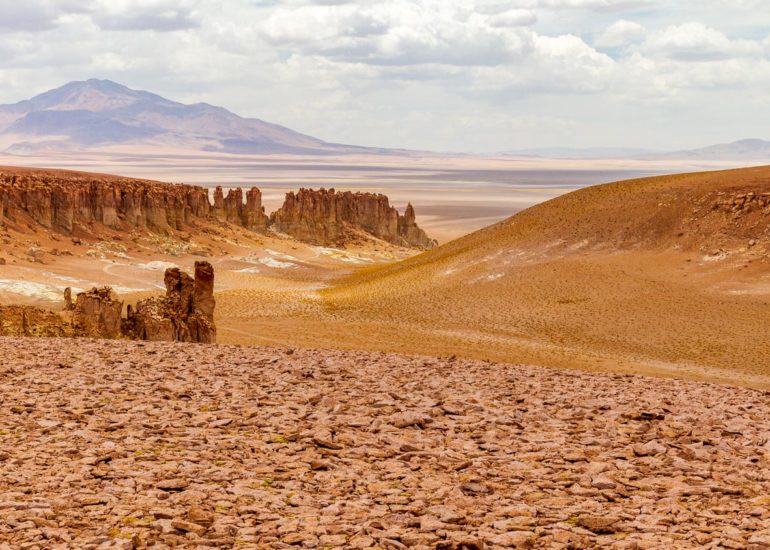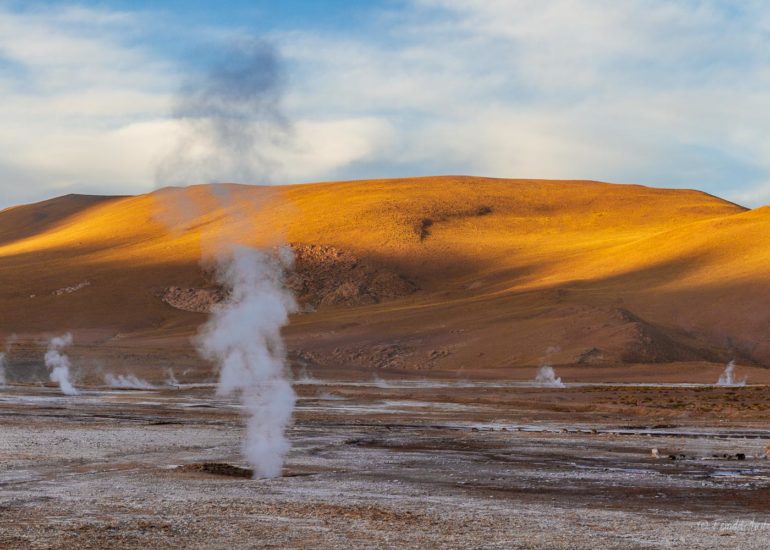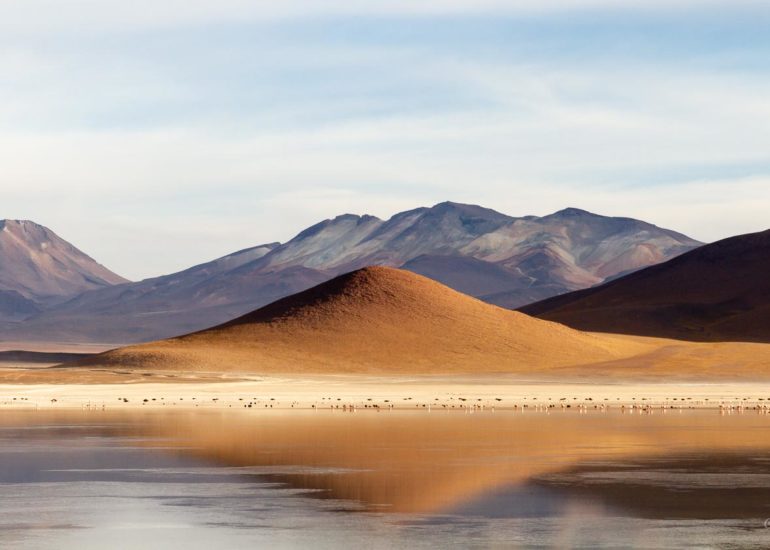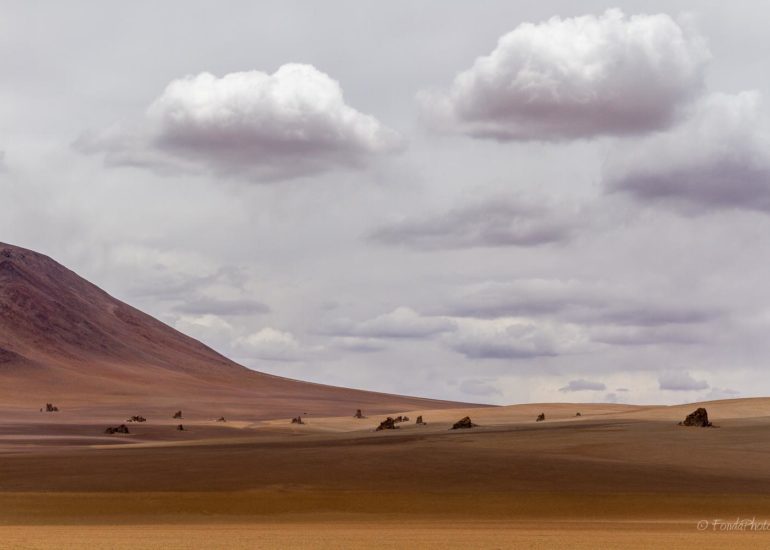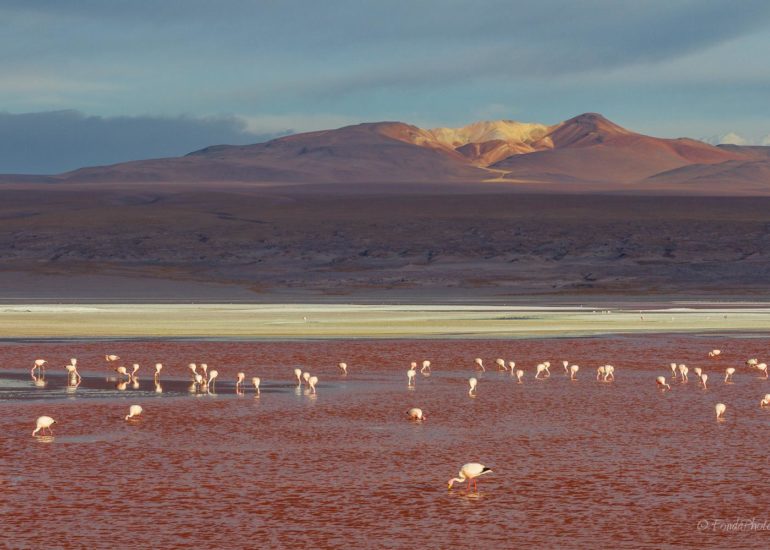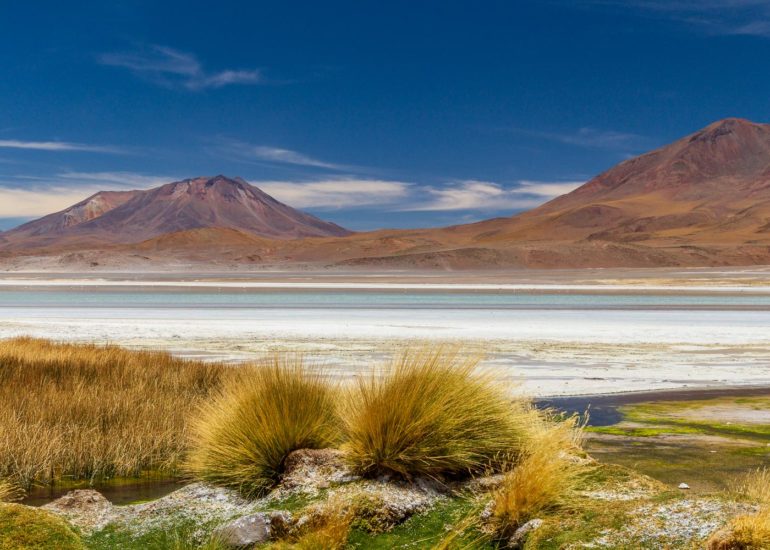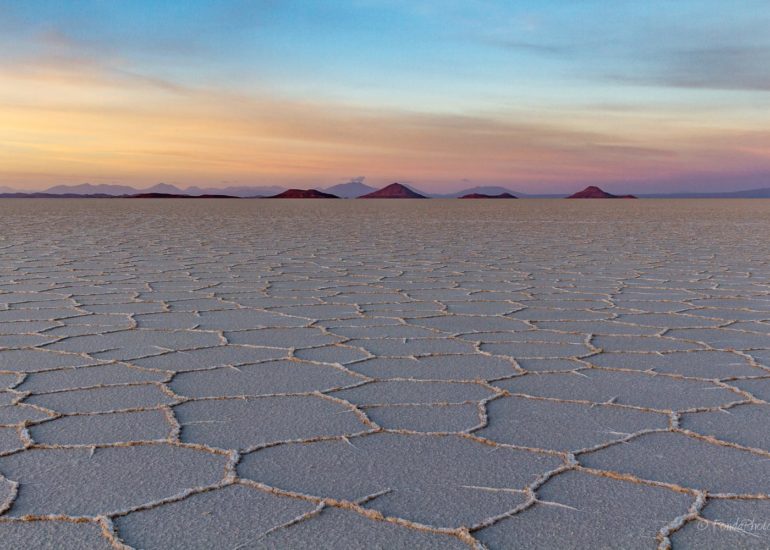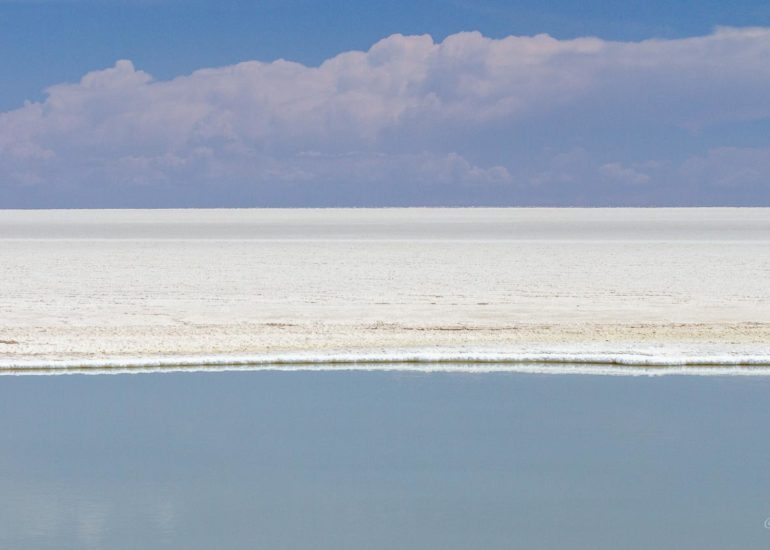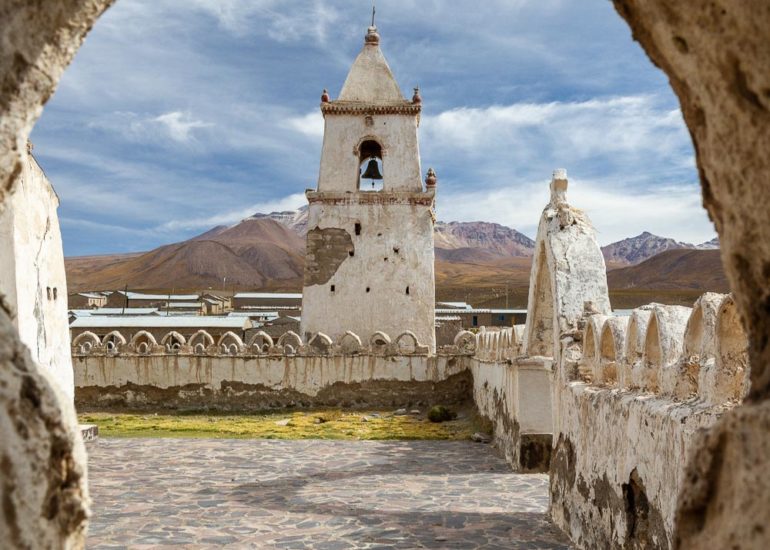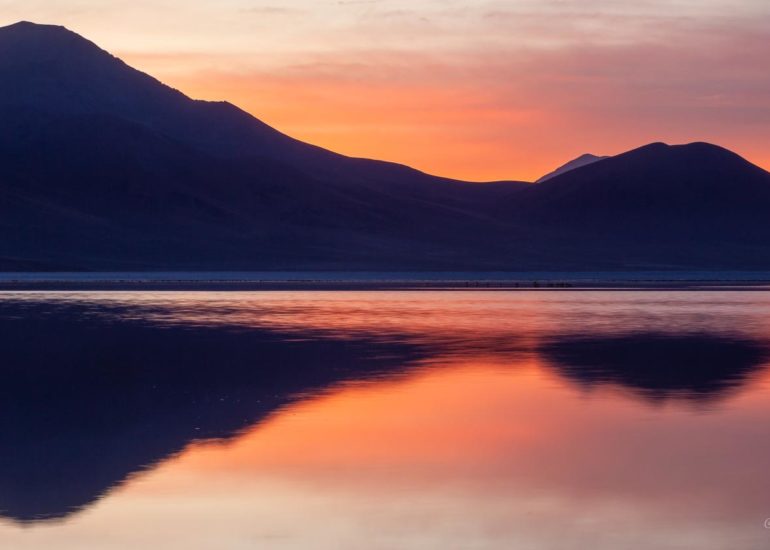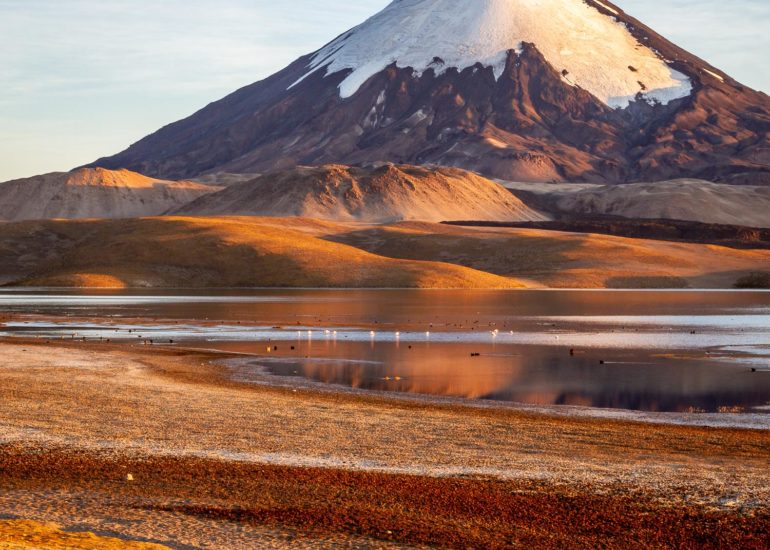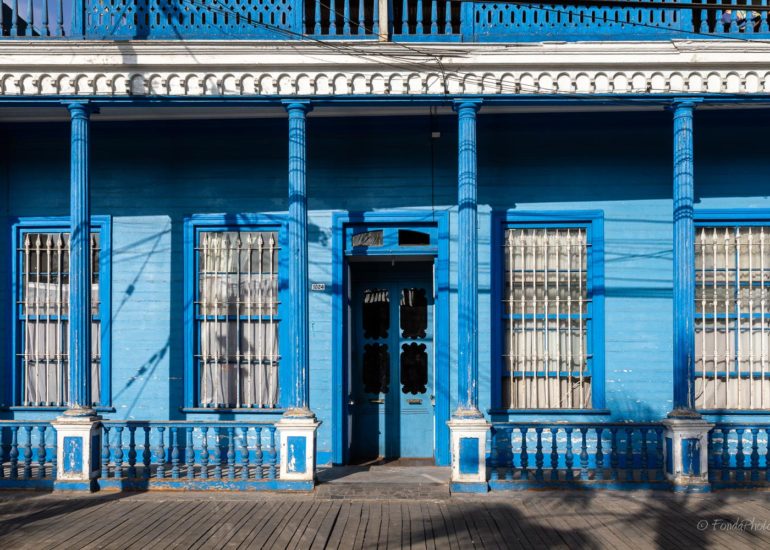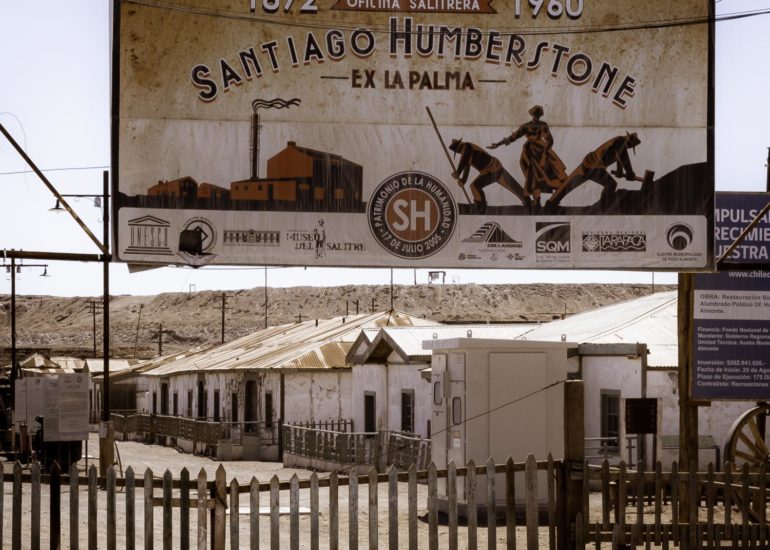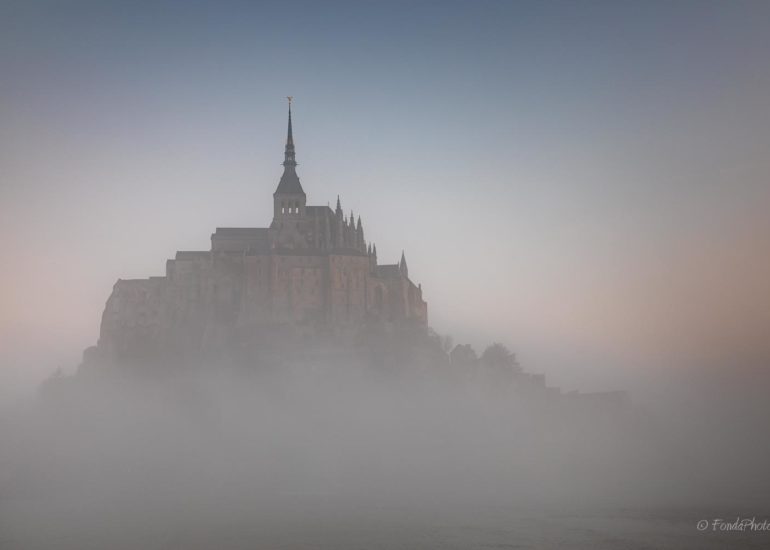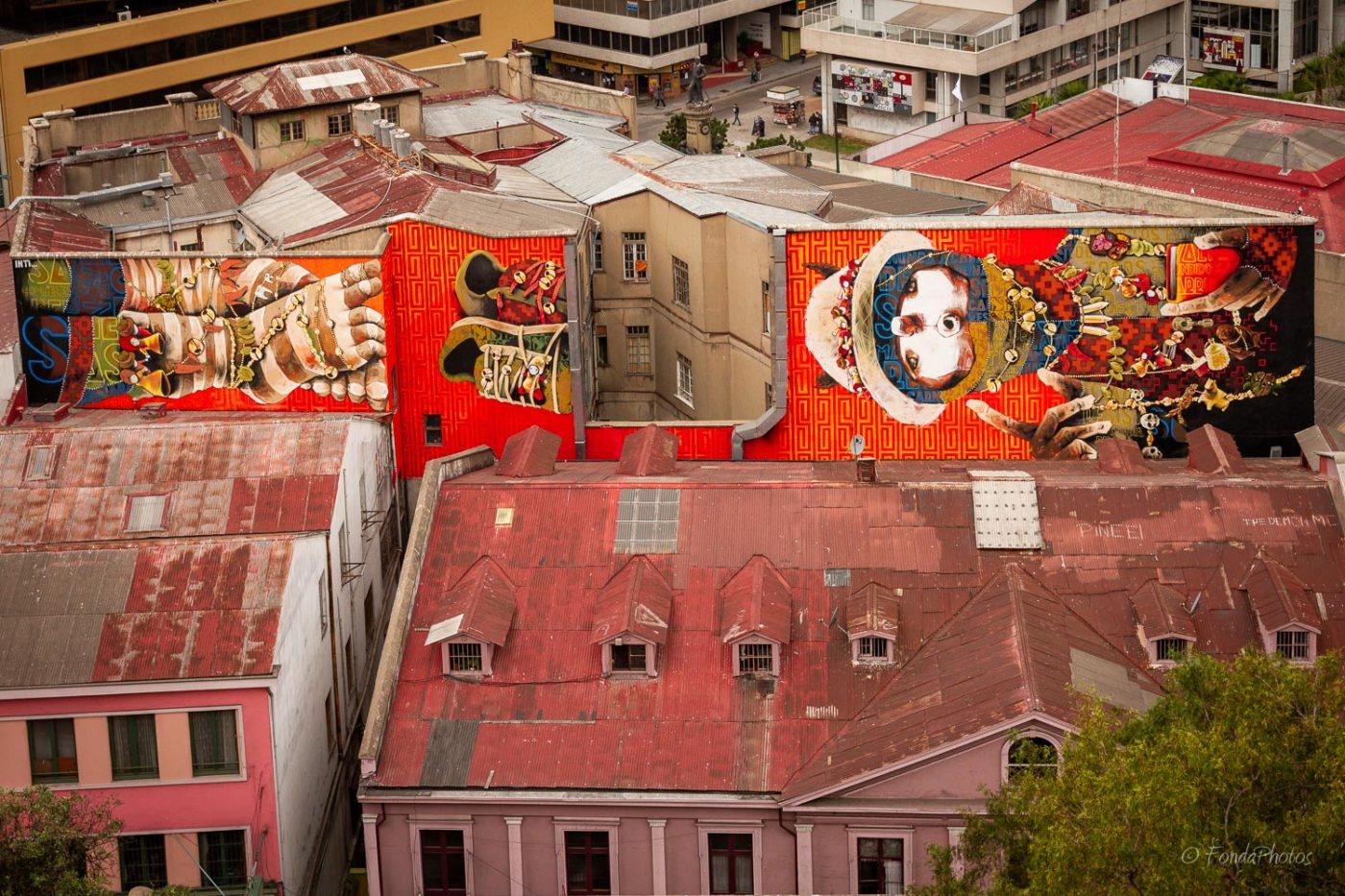
Valparaiso
Valparaiso has played a very important geopolitical role in the second half of the 19th century. It was one of the South Pacific’s most important seaports. The city then served as a major stopover for ships traveling between the Atlantic and Pacific oceans by crossing the Strait of Magellan. Always a magnet for European immigrants, Valparaiso mushroomed during its golden age.
The opening of the Panama Canal and reduction in ship traffic dealt a staggering blow to Valparaiso. The second half of the 20th century was not kind to Valparaiso, as many wealthy families abandoned the city. Over the past 20 years, the city has staged an impressive renaissance. It has attracted many artists and cultural entrepreneurs who have set up shop in the city’s hillside historic districts. In 2003, the historic quarter of Valparaiso was declared a UNESCO World Heritage Site. A new national law named the city Chile’s Cultural Capital.
Today, thousands of tourists visit Valparaiso from around the world to marvel at the city built upon 45 steep hillsides (cerros) overlooking the Pacific Ocean. With its unique labyrinth of cobbled alleys and colorful buildings, Valparaiso embodies a rich architectural and cultural legacy. But there is a debate about visiting Valparaiso. The city is a bit rundown and some areas are unsafe however I really appreciated the arty and bohemian atmosphere of the cerros with many attractive boutique hotels, shops and restaurants. I definitely vote for it!
Street Art
The street art movement in Valparaiso bloomed in secret. In September 1973, Chile was forcefully brought under the military rule of General Pinochet. The military dictatorship banned all forms of political art. Many caught defying this repressive policy were disappeared.
But many people saw art as the only way to express their beliefs. Valparaiso was the perfect place for this. On its narrow and concealed streets and stairways, artists could do their work and get away unseen. An underground network of artists formed in the city, painting powerful messages on the walls its back streets. When doing so, they risked torture and death, and their murals were painted over when discovered by military police. But the groups persisted and proliferated, and played an important role in returning democracy to Chile in 1990. Their work preserved hope, and emboldened activist groups to organize.
After the downfall of the Pinochet regime and the return of democracy in Chile, Valparaiso’s local government made street art legal in a move to celebrate freedom of expression. Everywhere else in Chile, street art is only permitted under formal commissions. The local government has itself directly supported street artists to create new pieces. Hotels, shops and restaurants compete to have murals painted on their walls. Amicable rivalries have developed between street art crews based on who can create the most impressive murals. The result of all this is that street art has become part of the city’s fiber. Valparaiso today is a perfect storm of color that attracts art lovers from all over the world.
One of the most recommended local tour company to discover these treasures is Valpo Street Art.






Valparaíso city on the walls

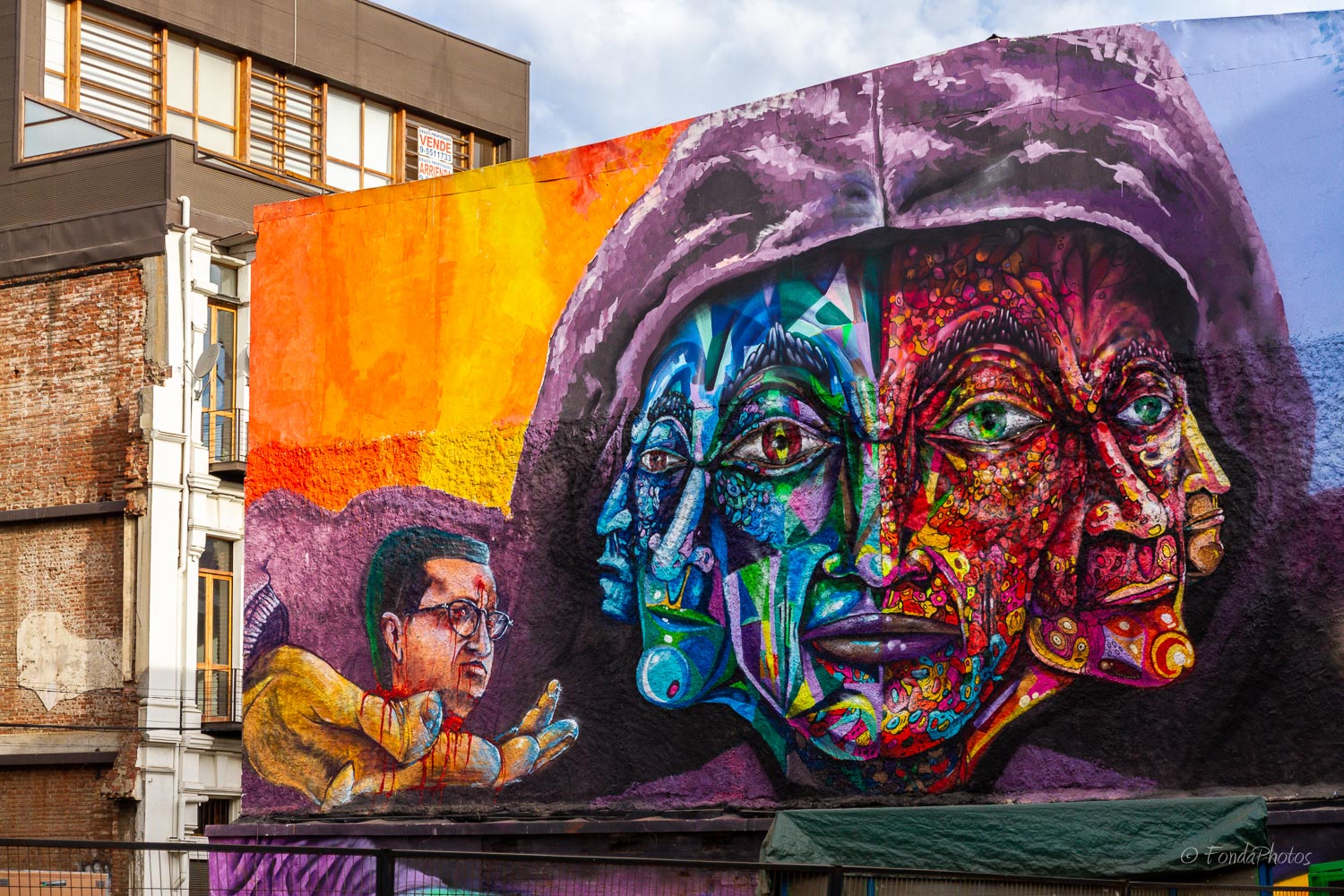
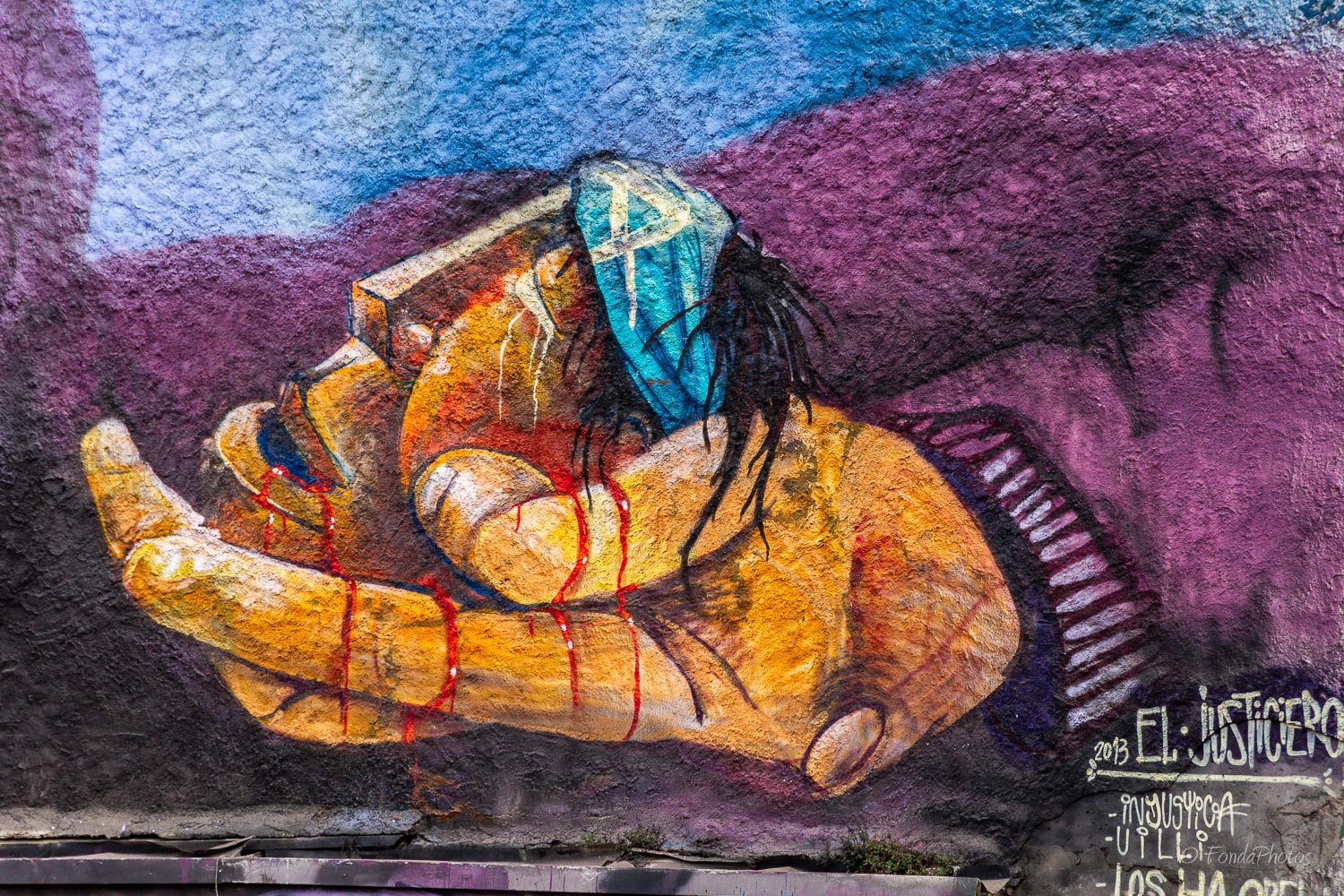
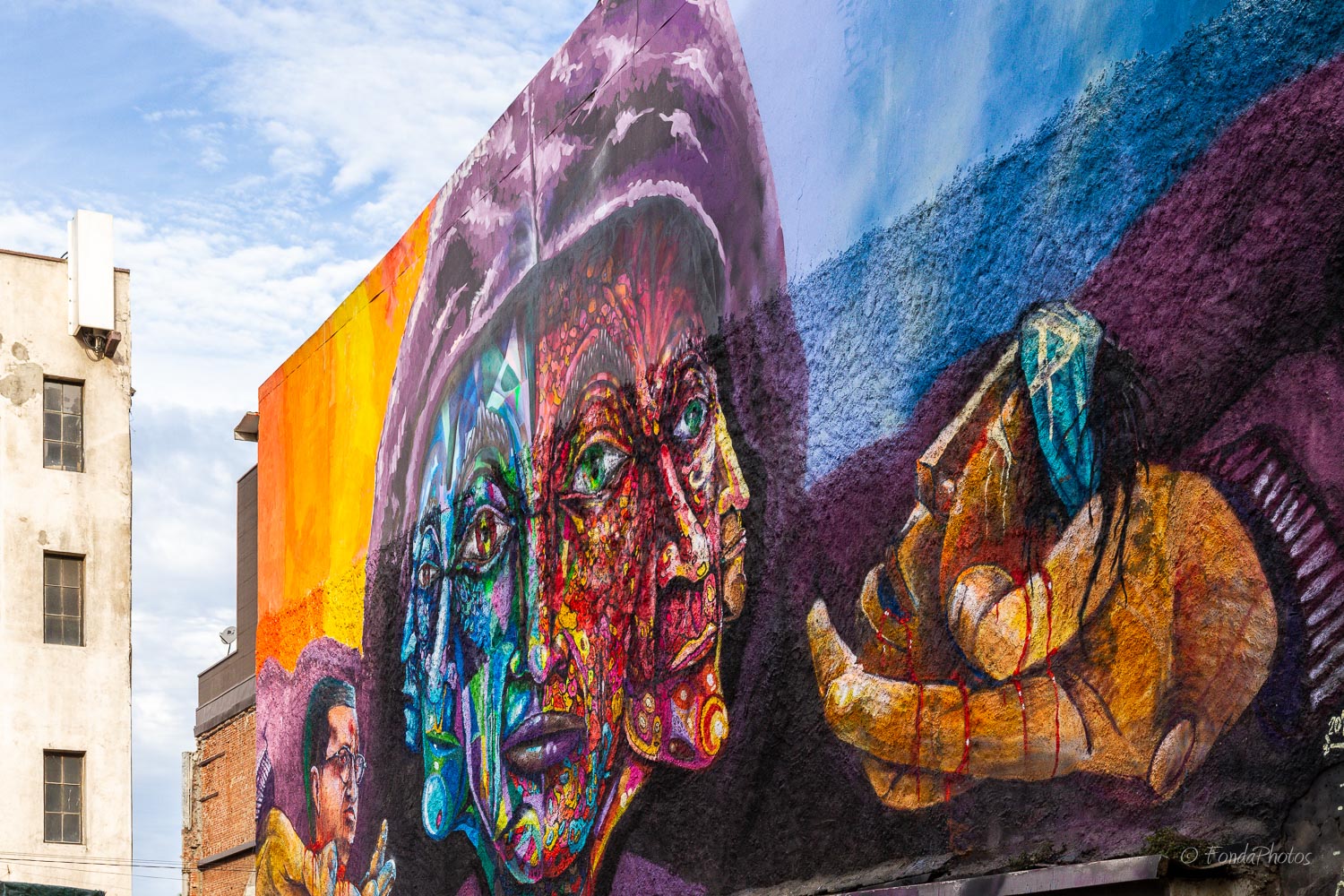
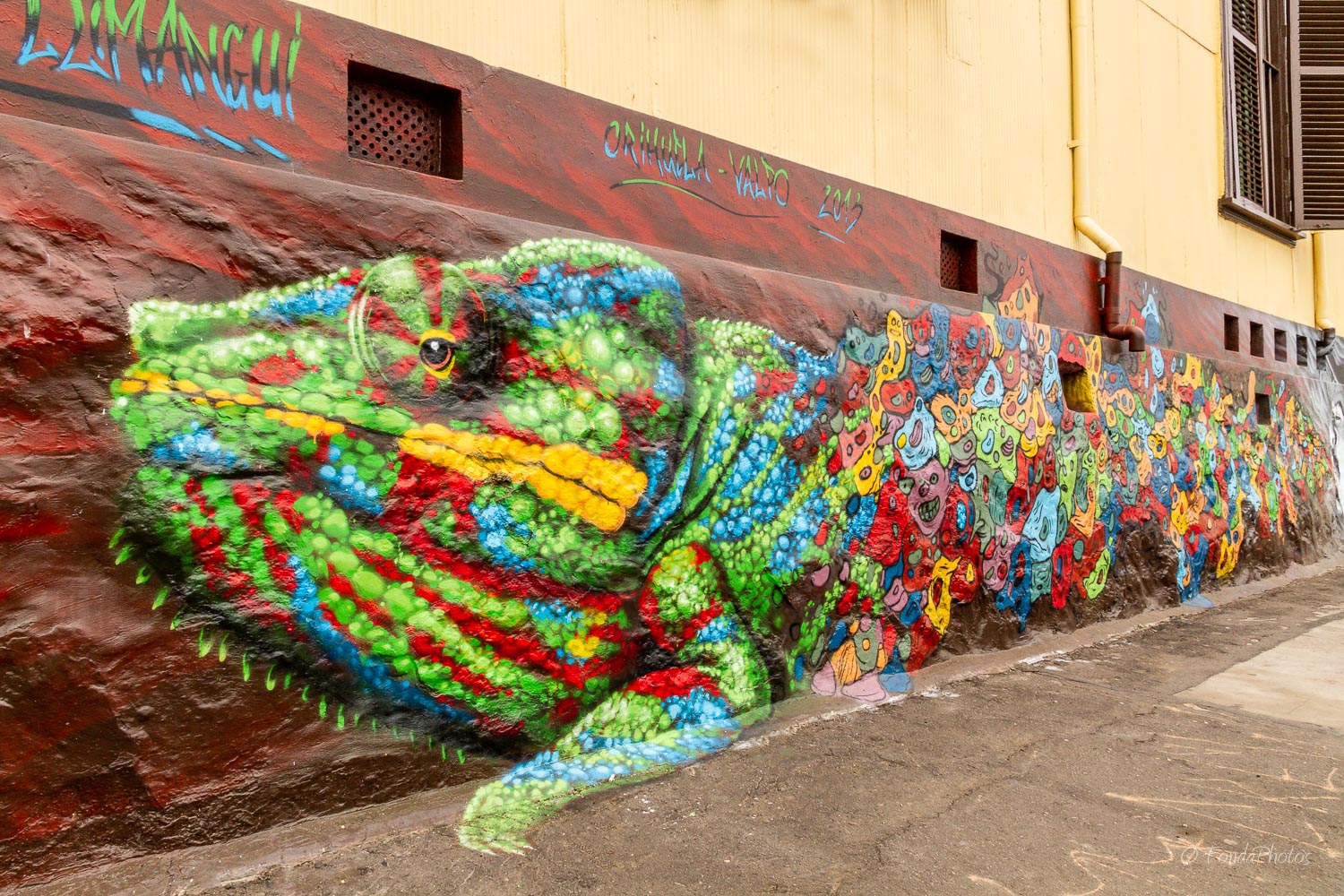
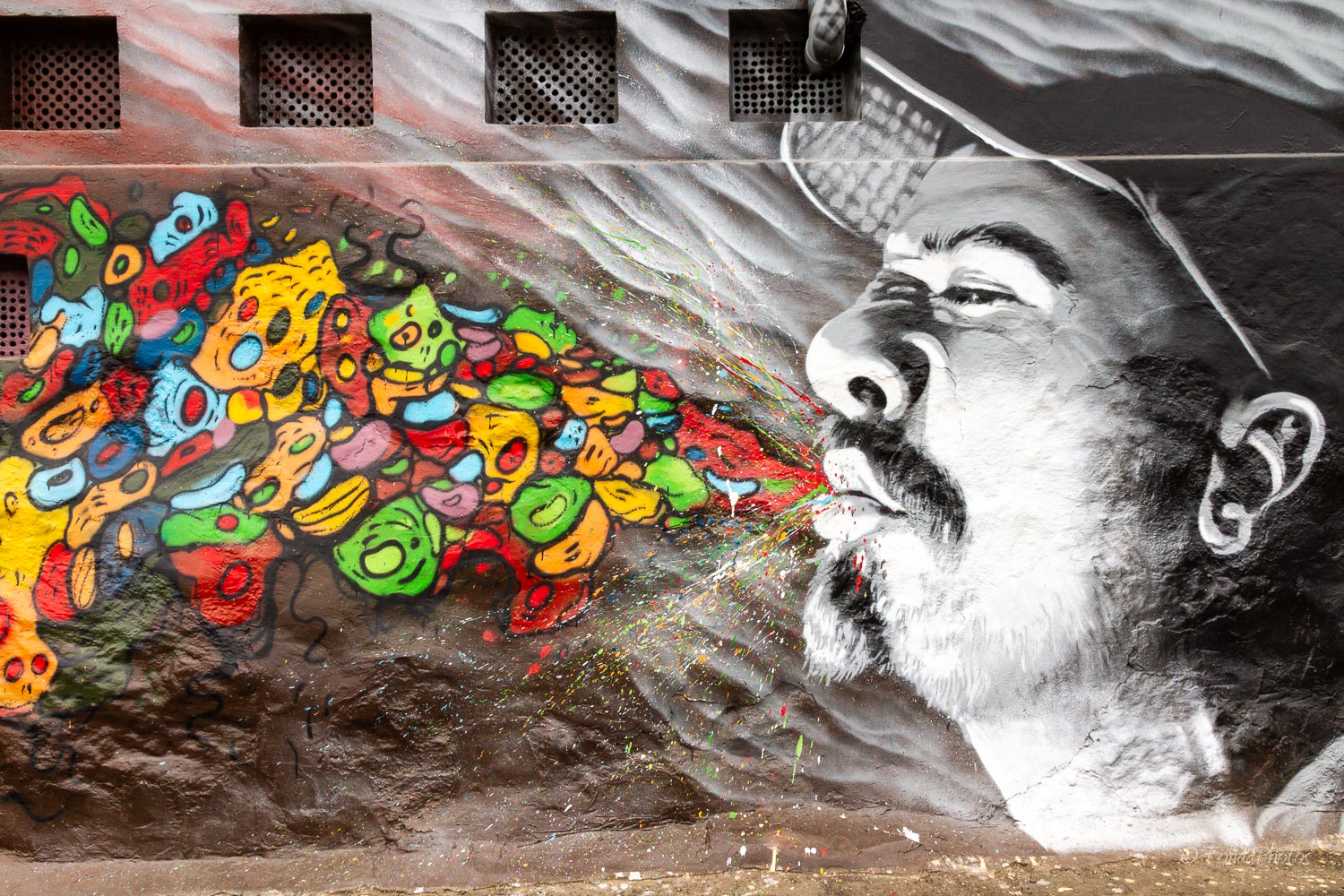
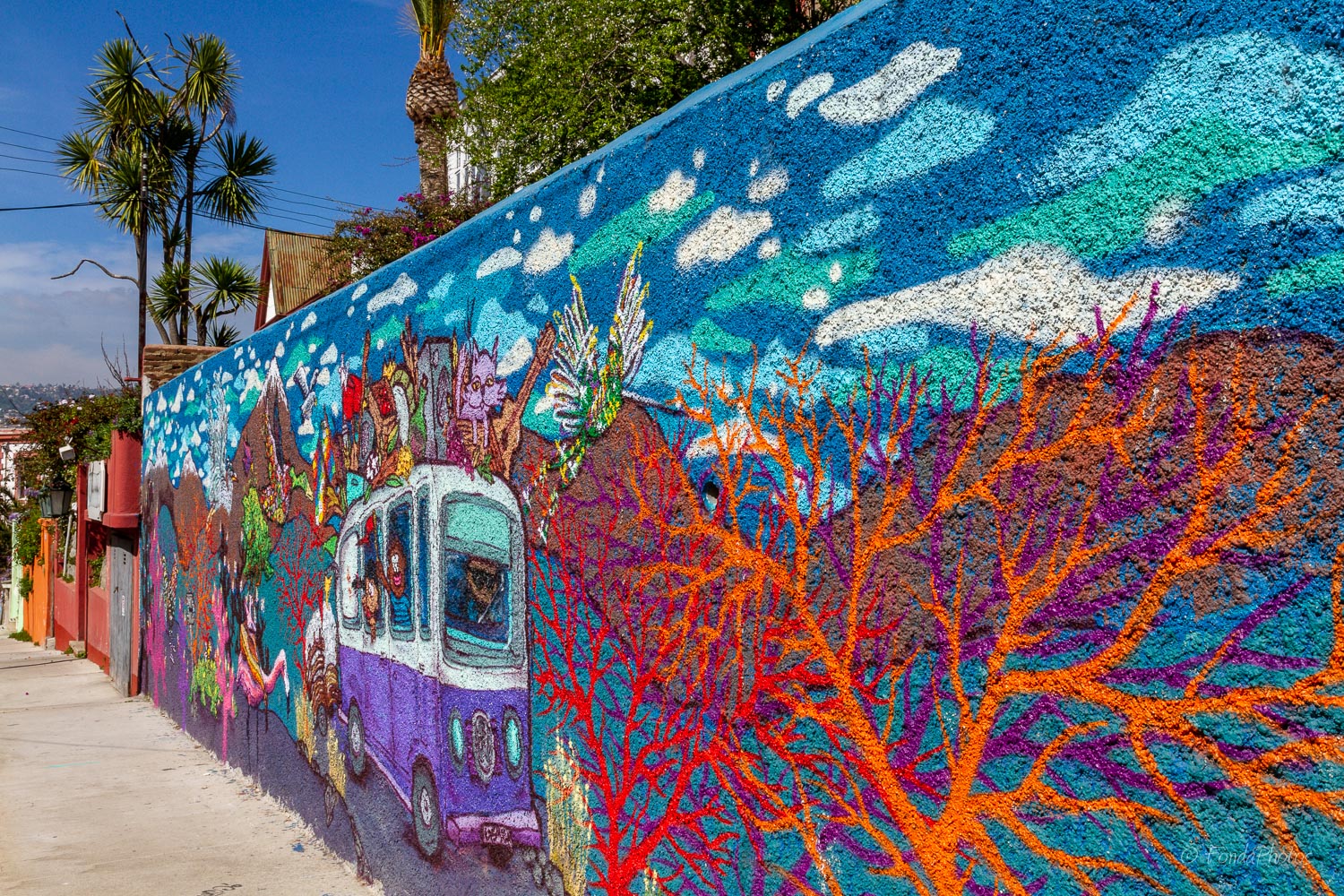
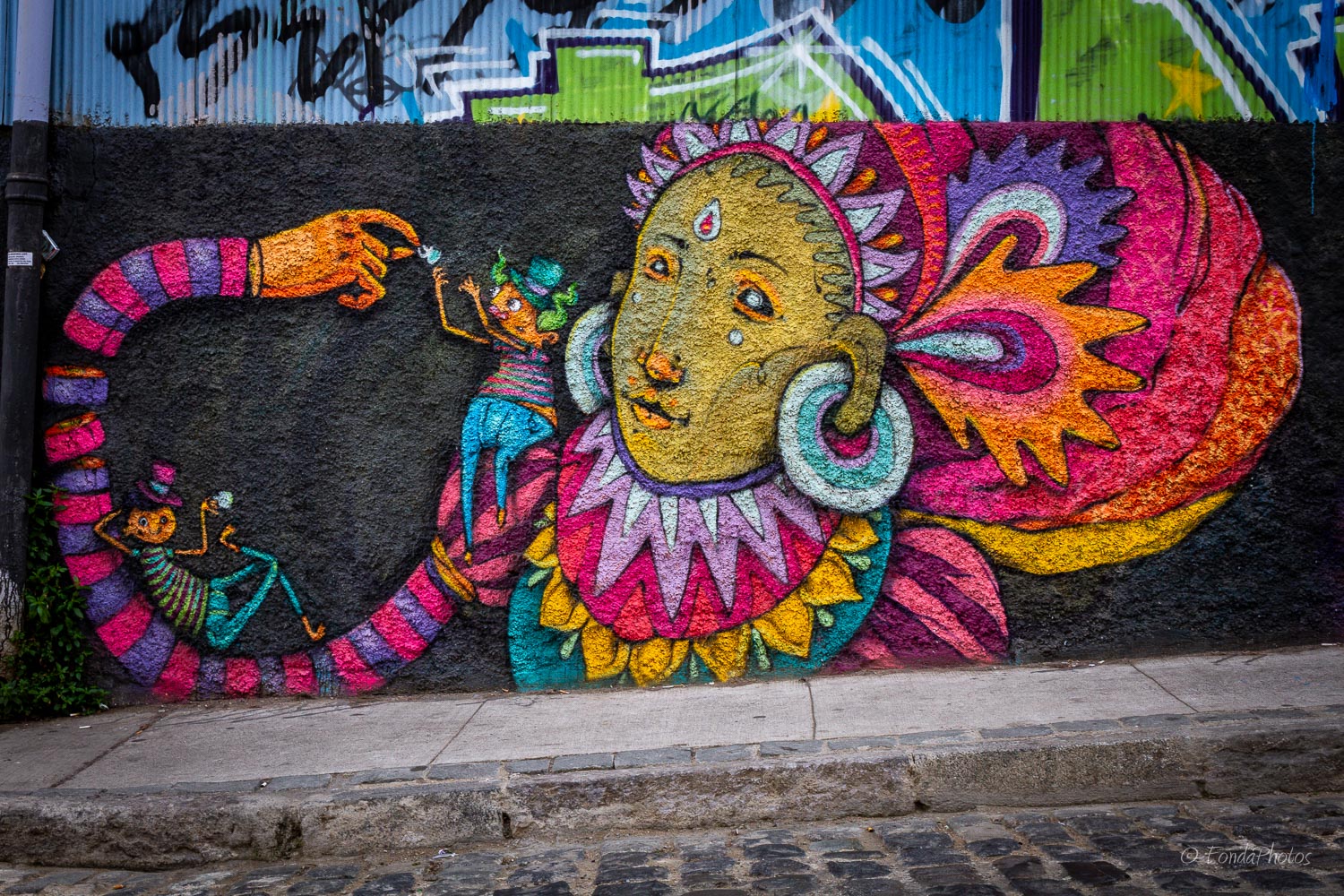
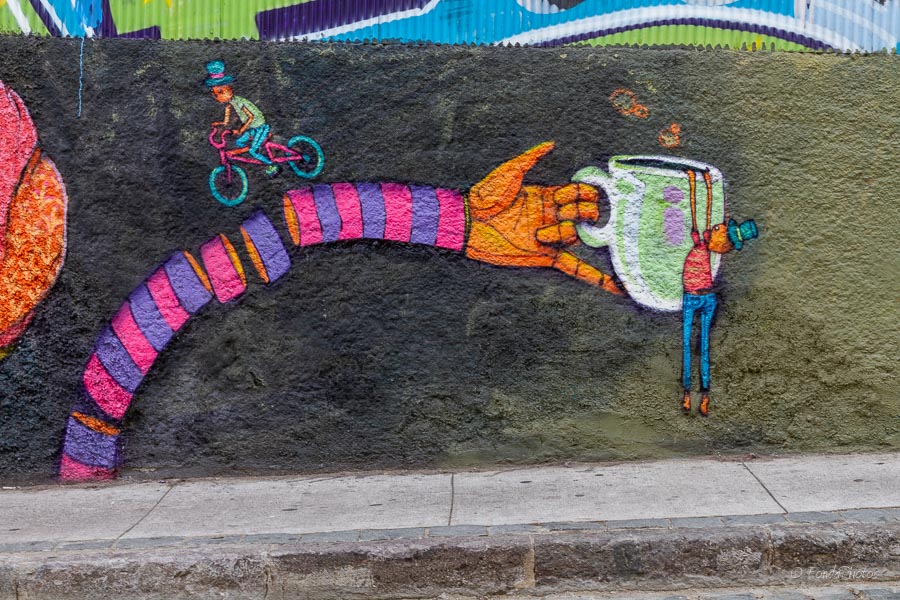
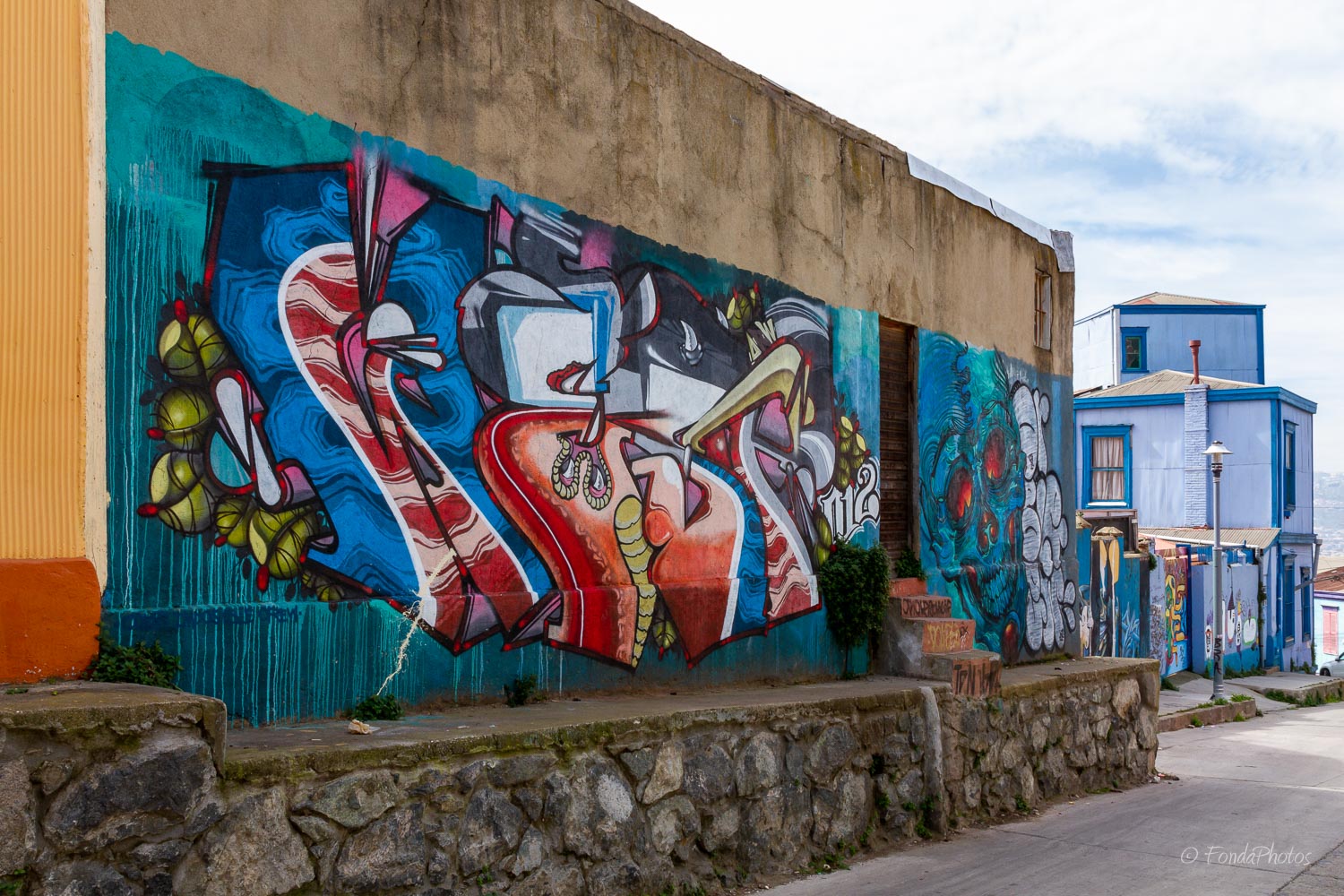
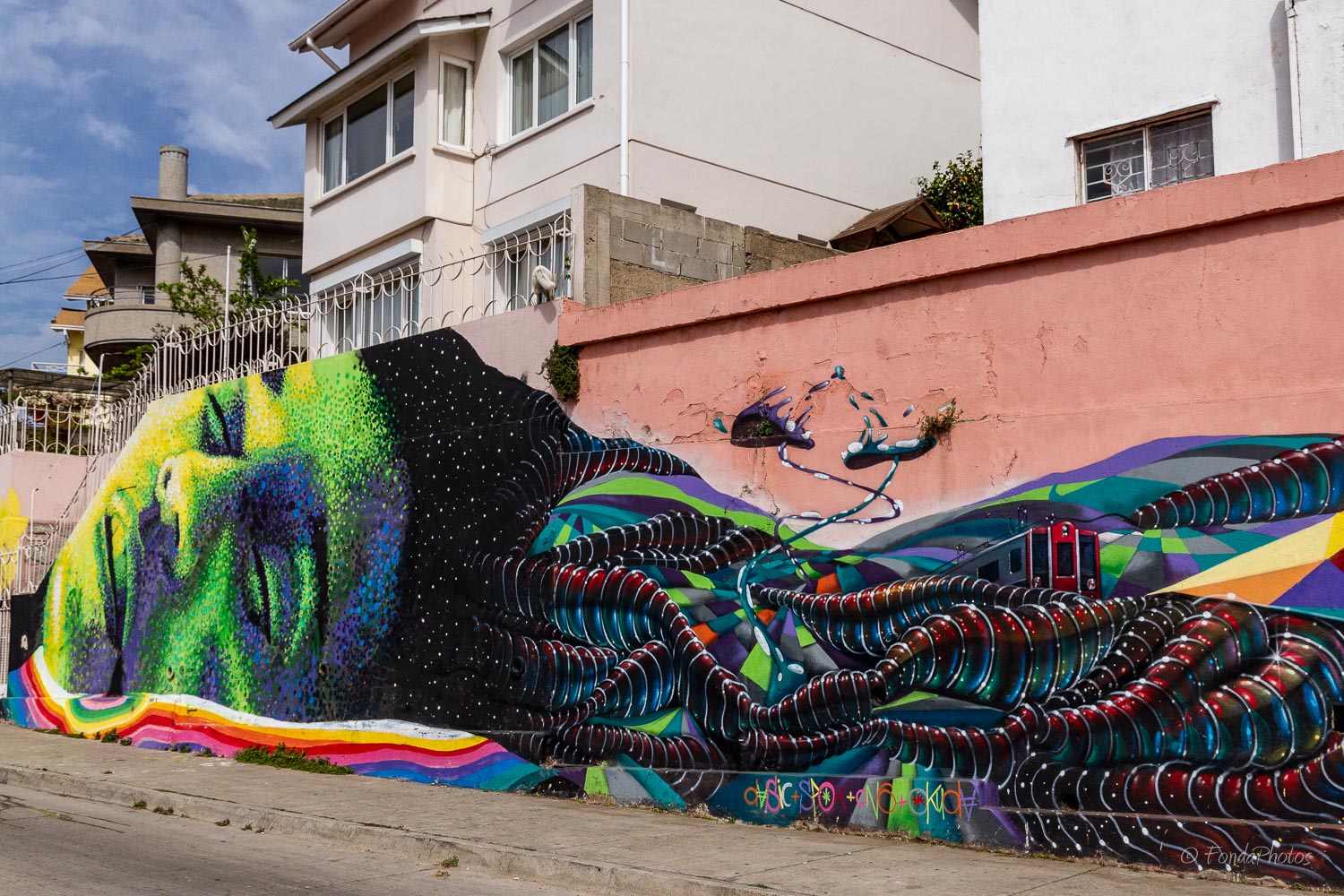
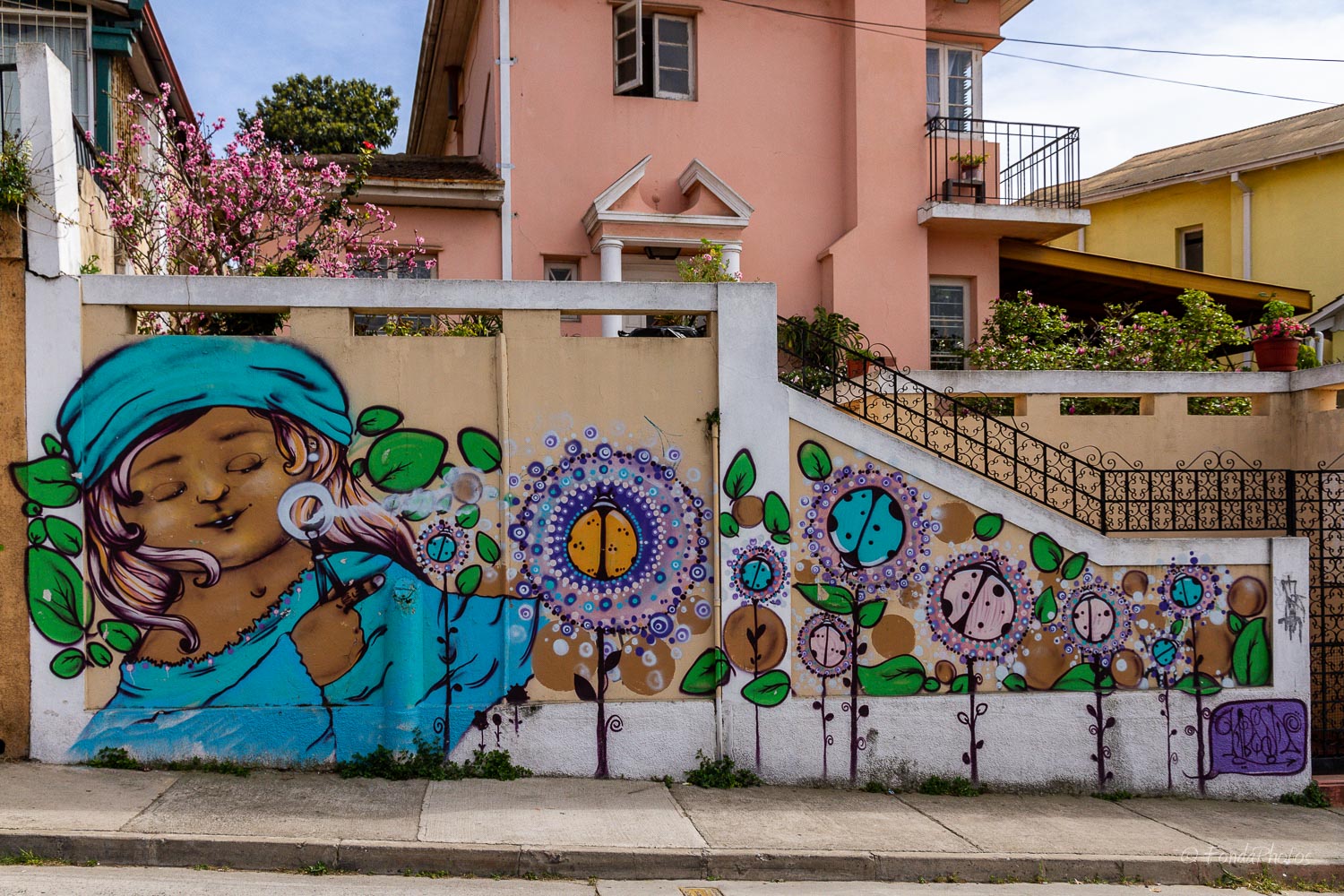
Window Frames

